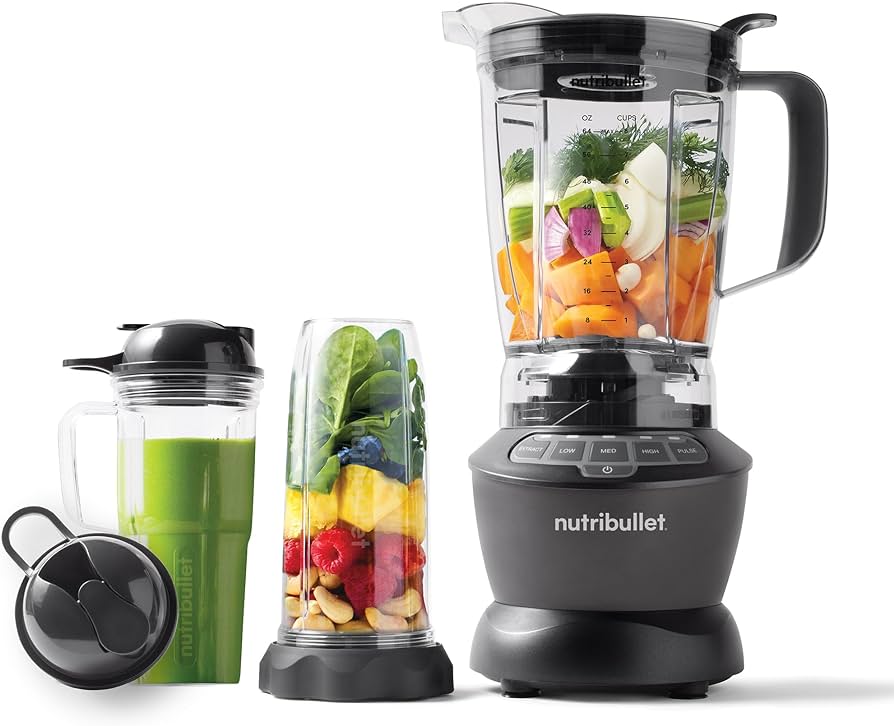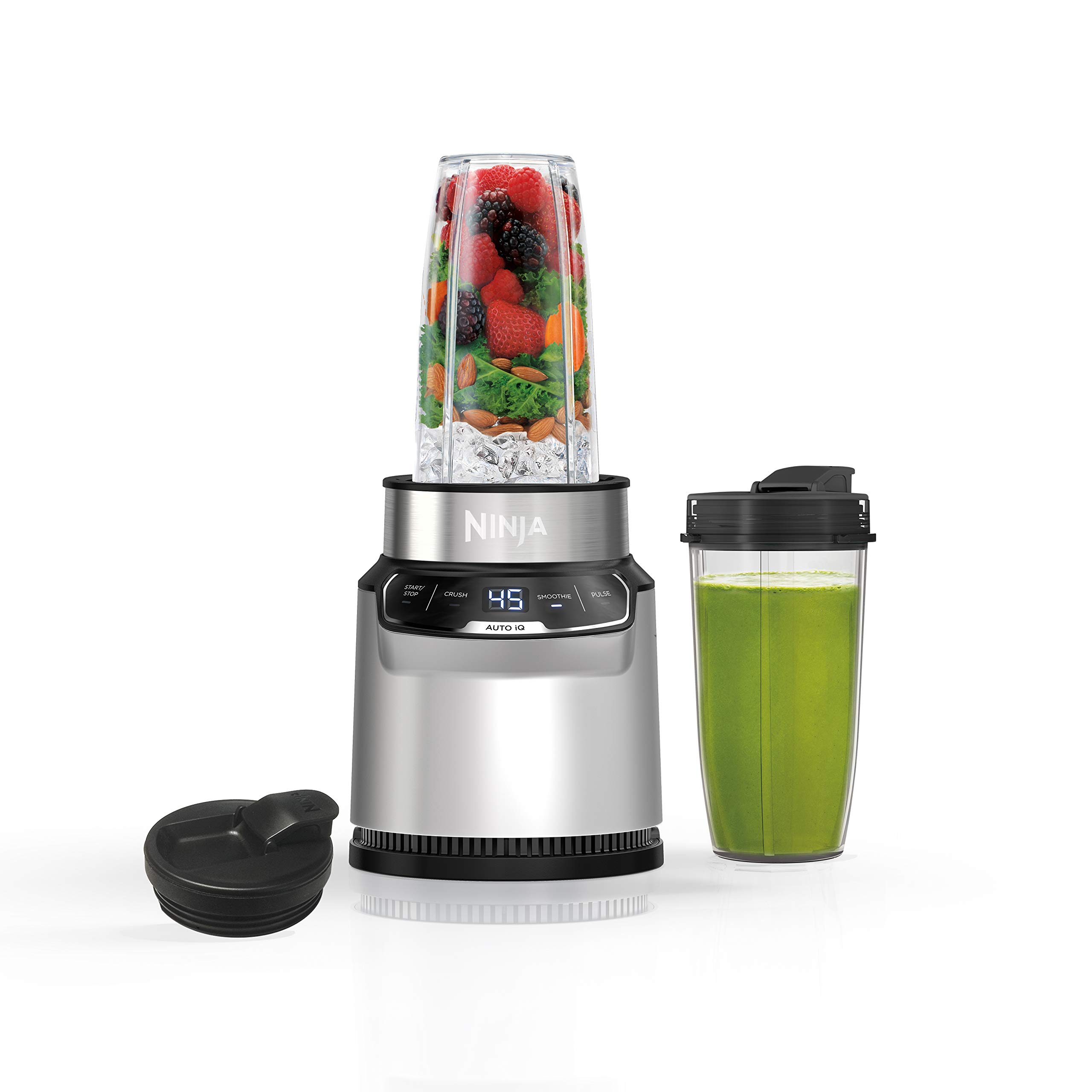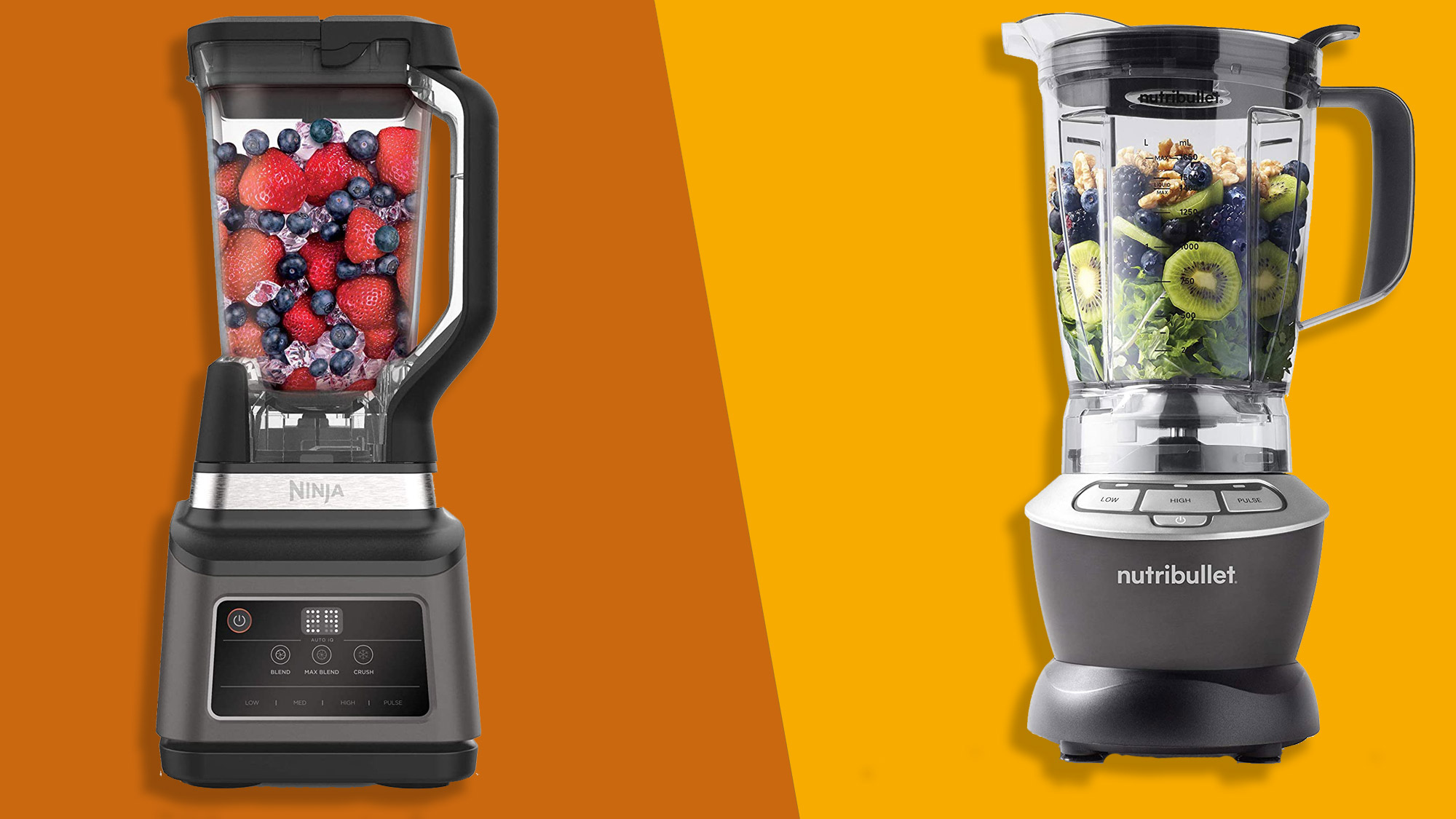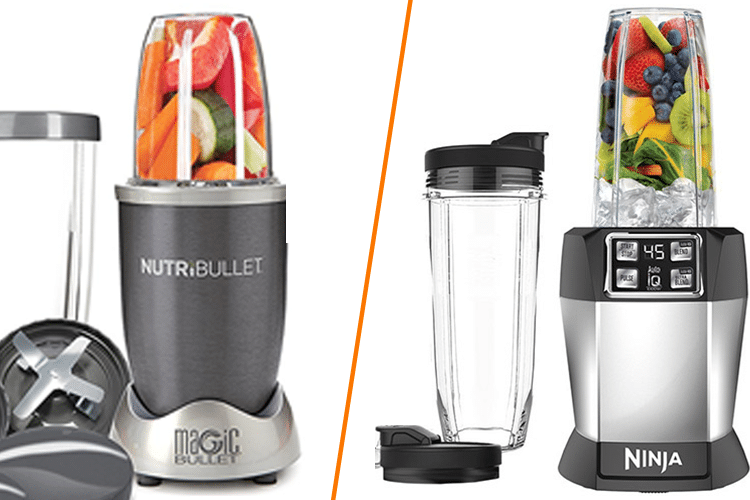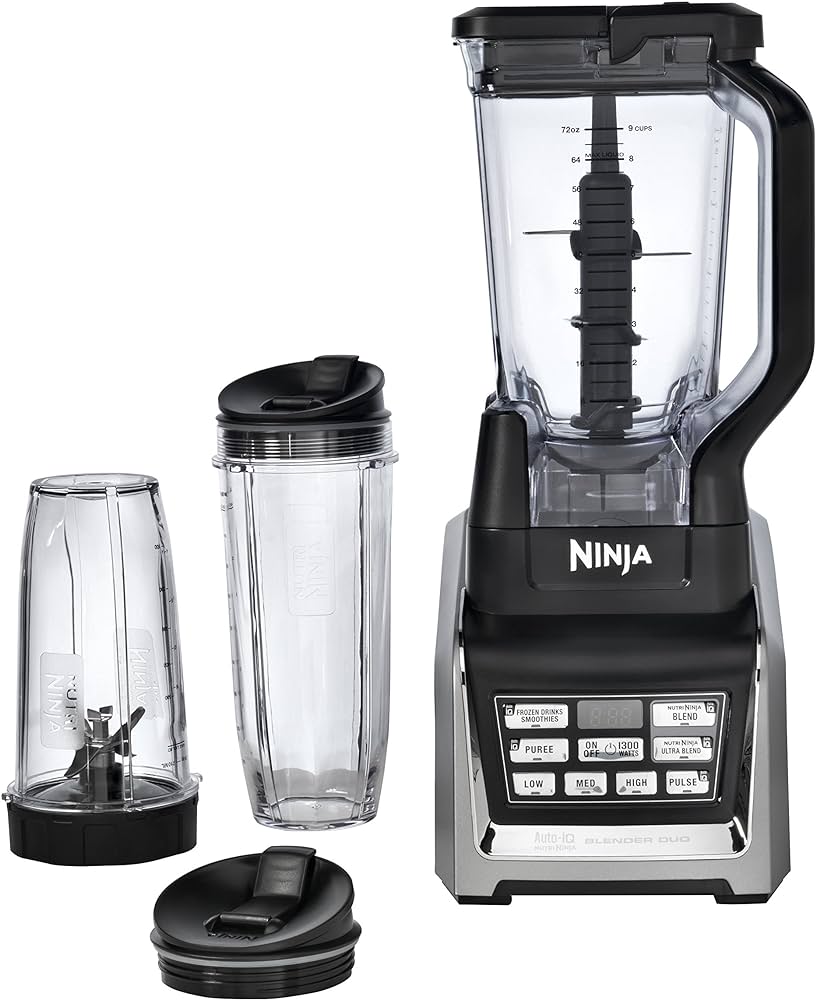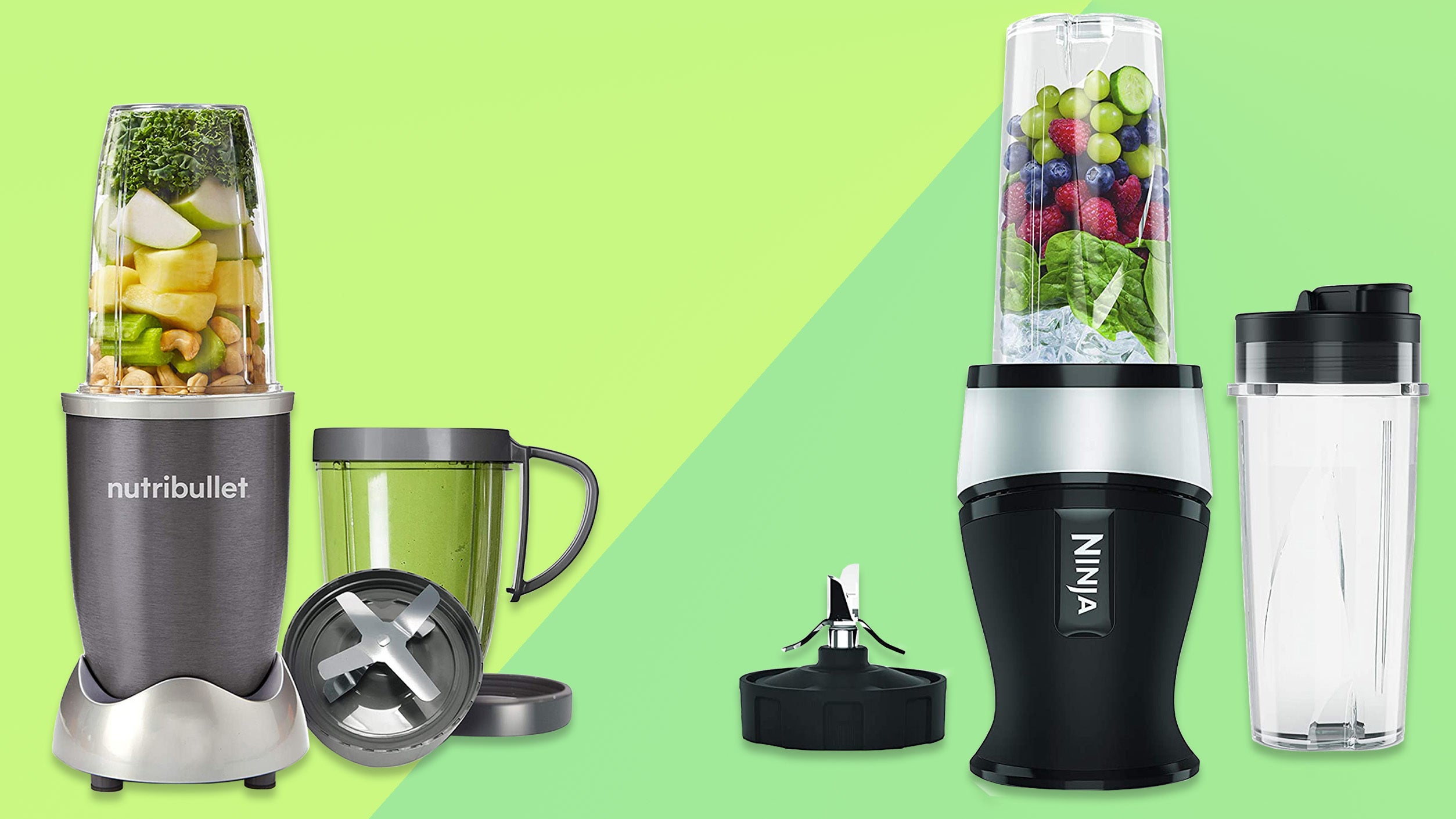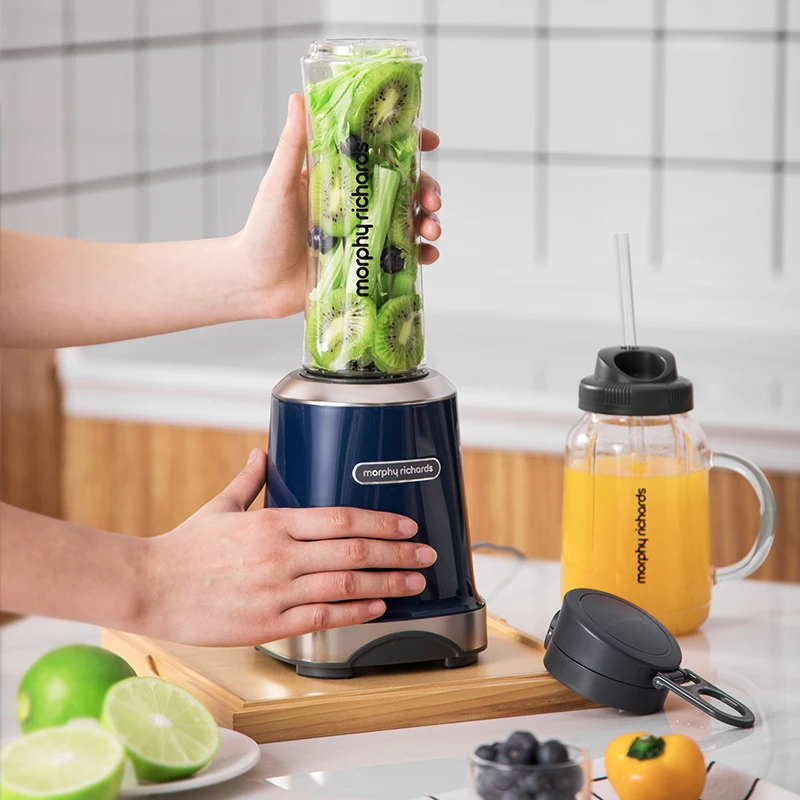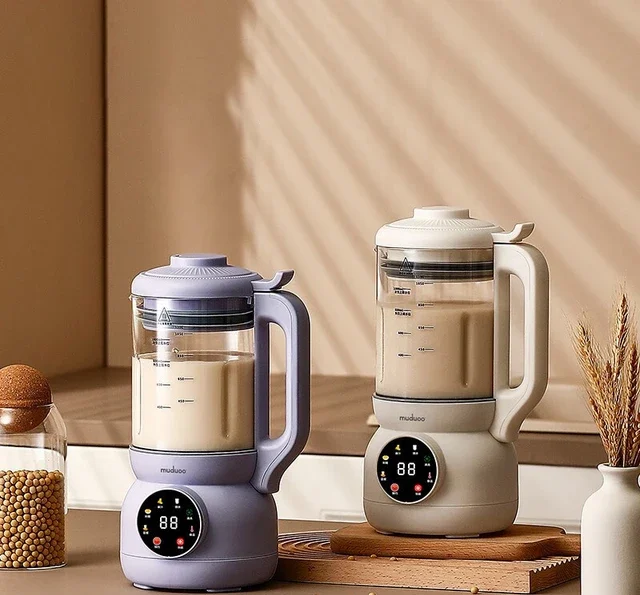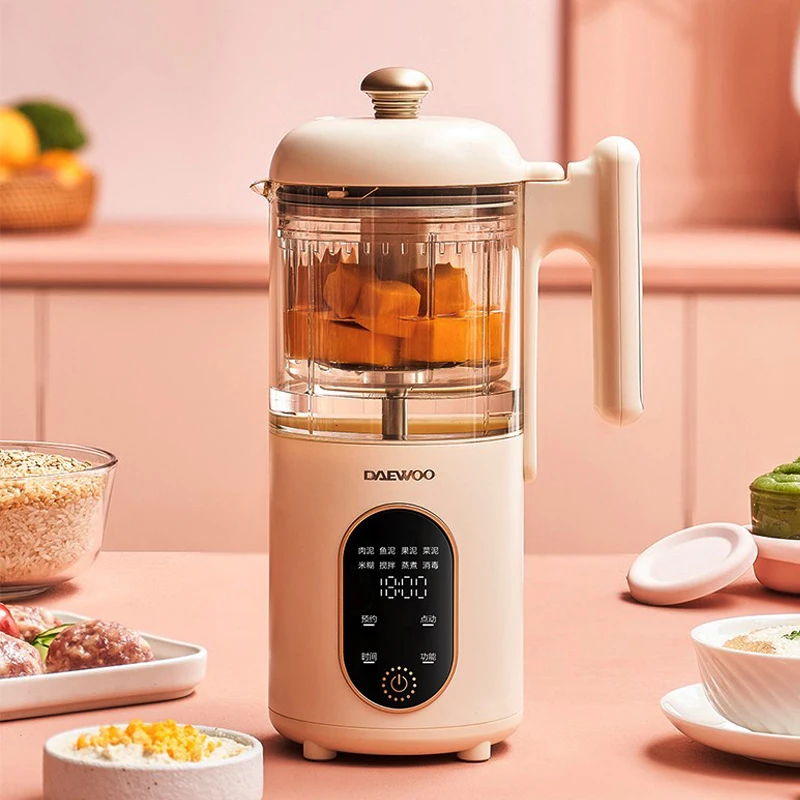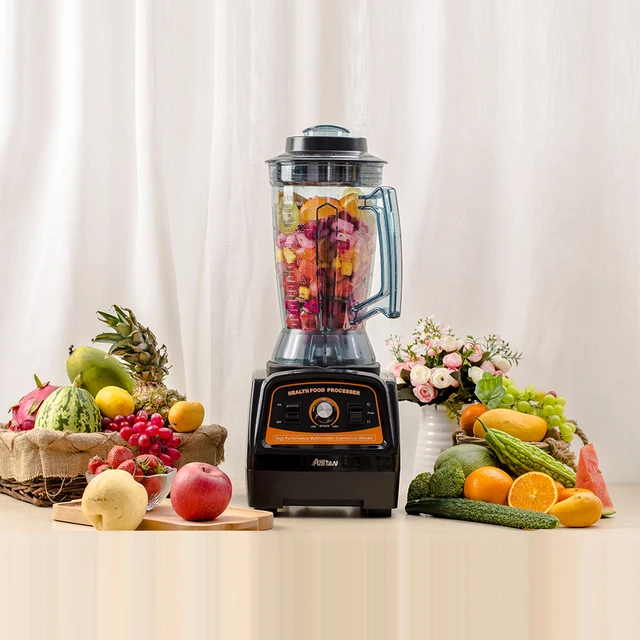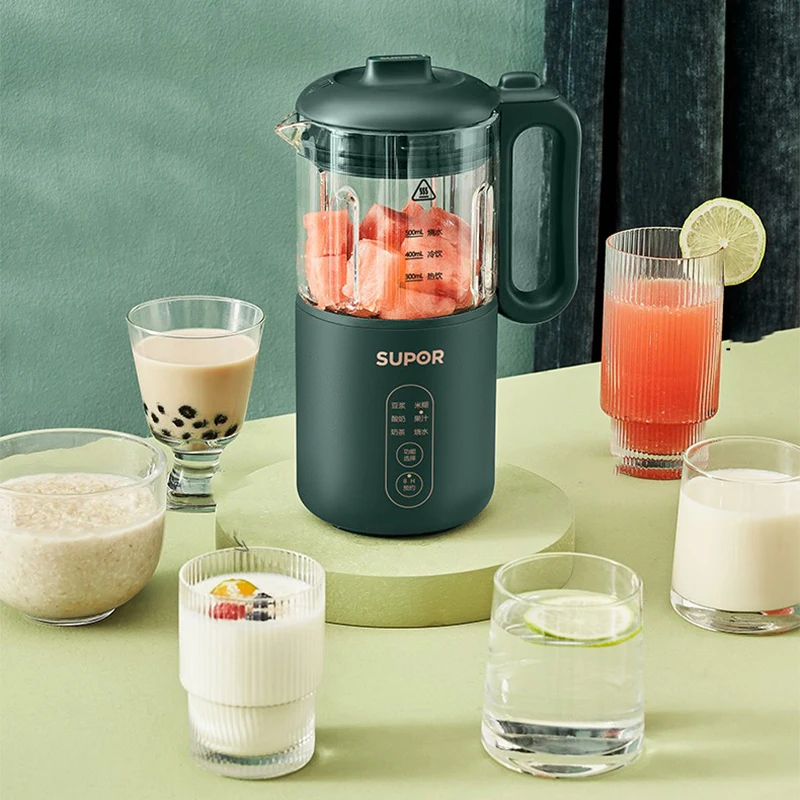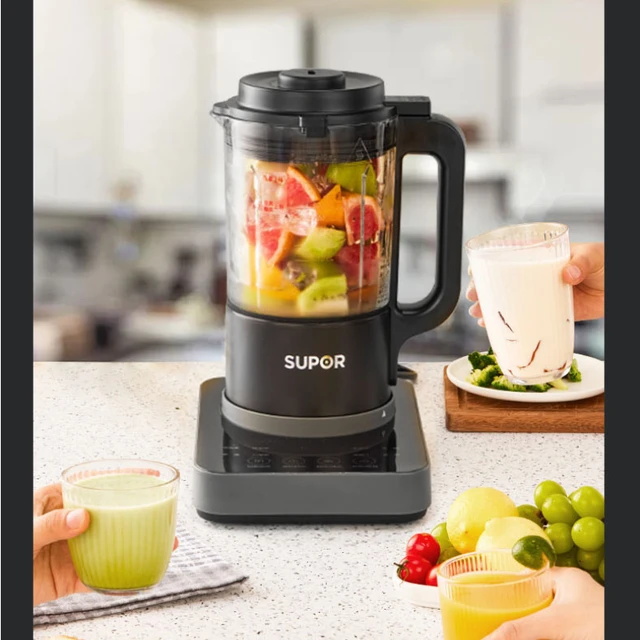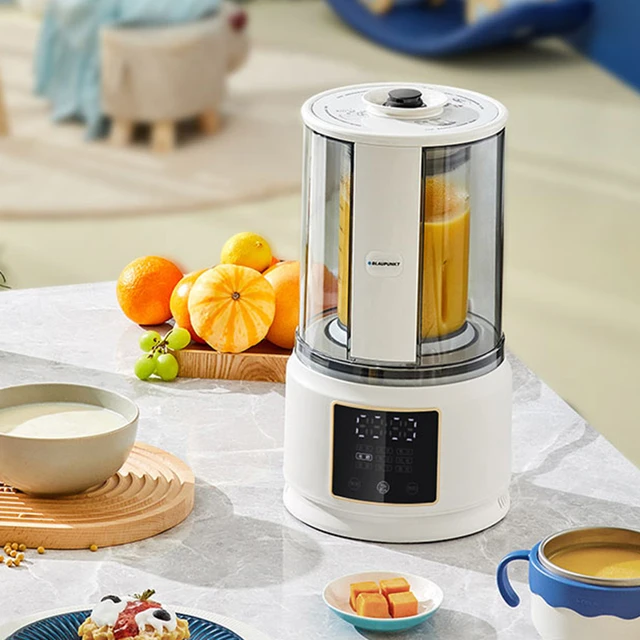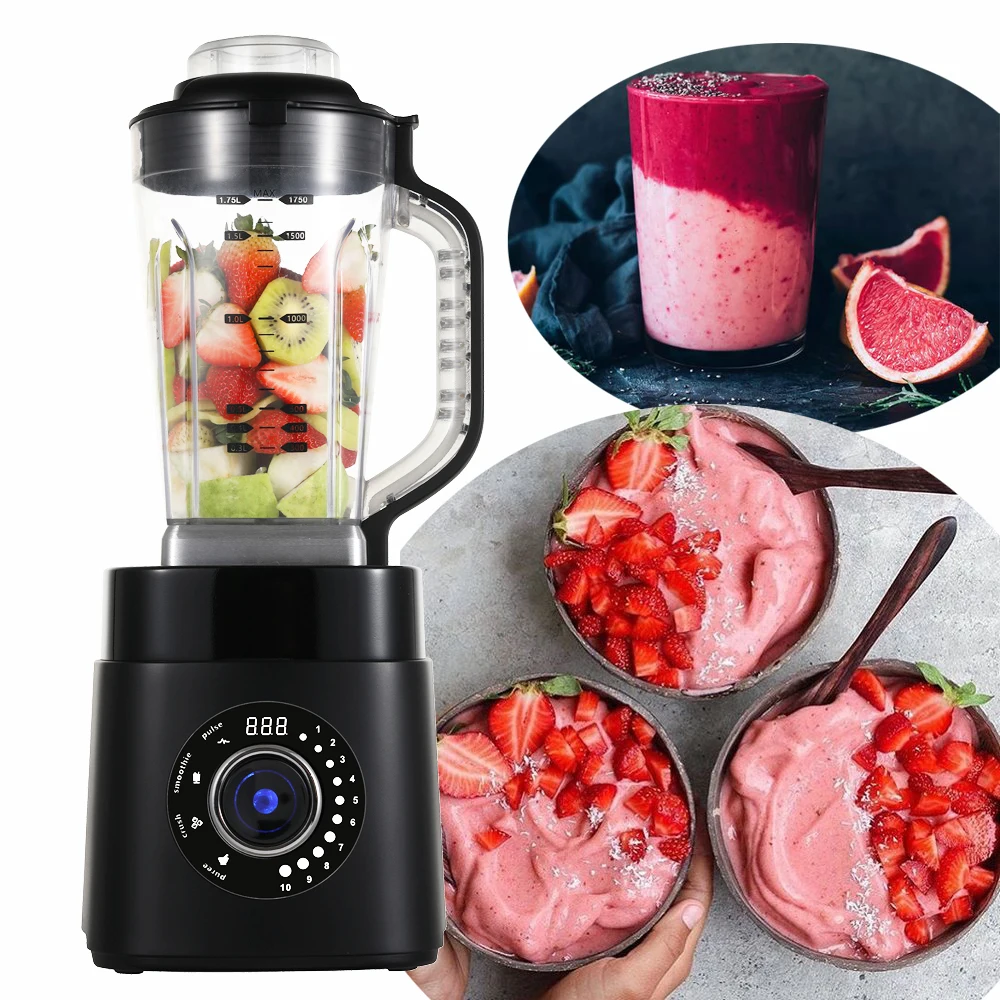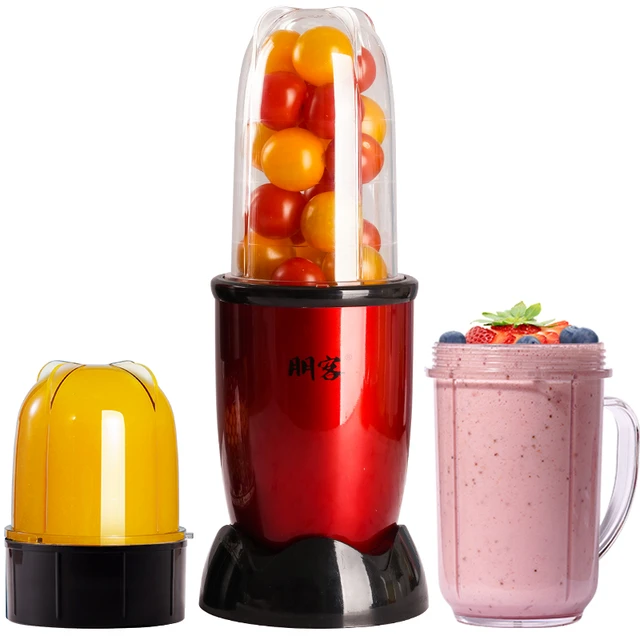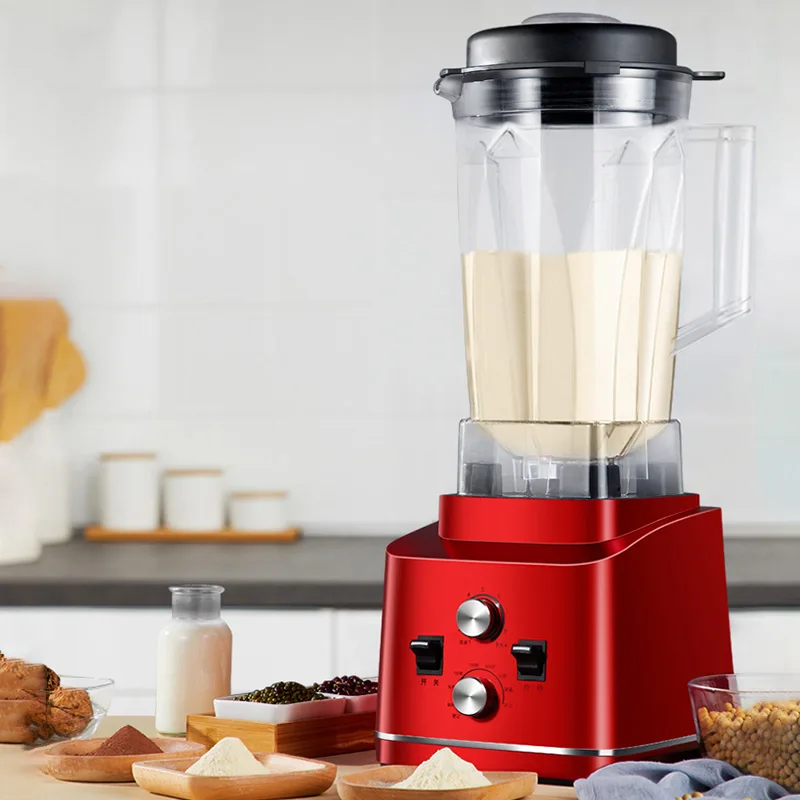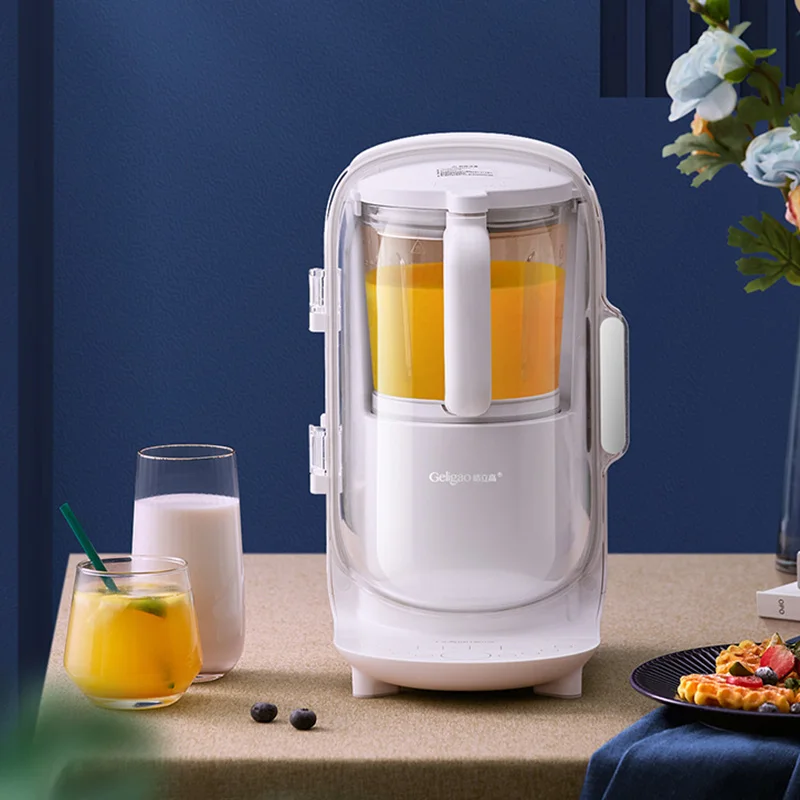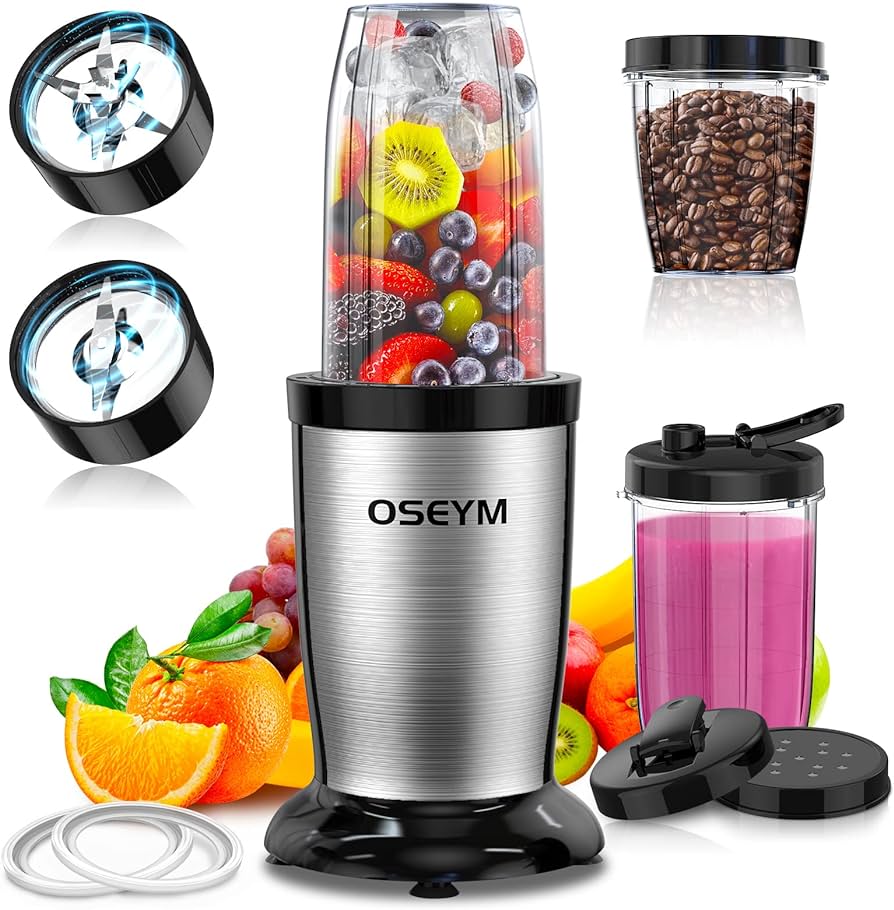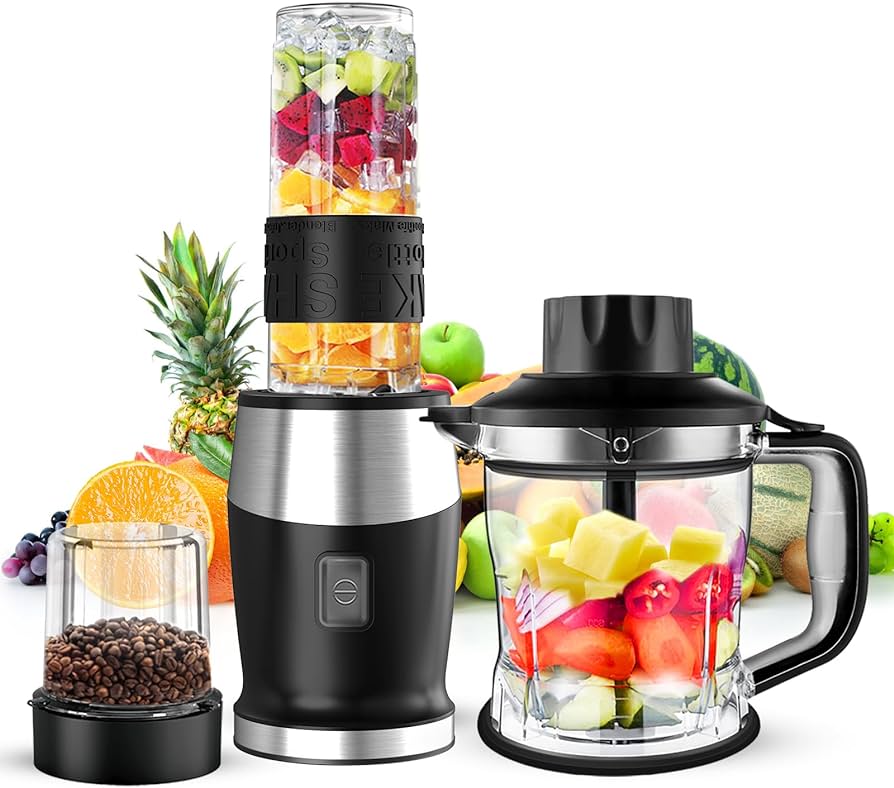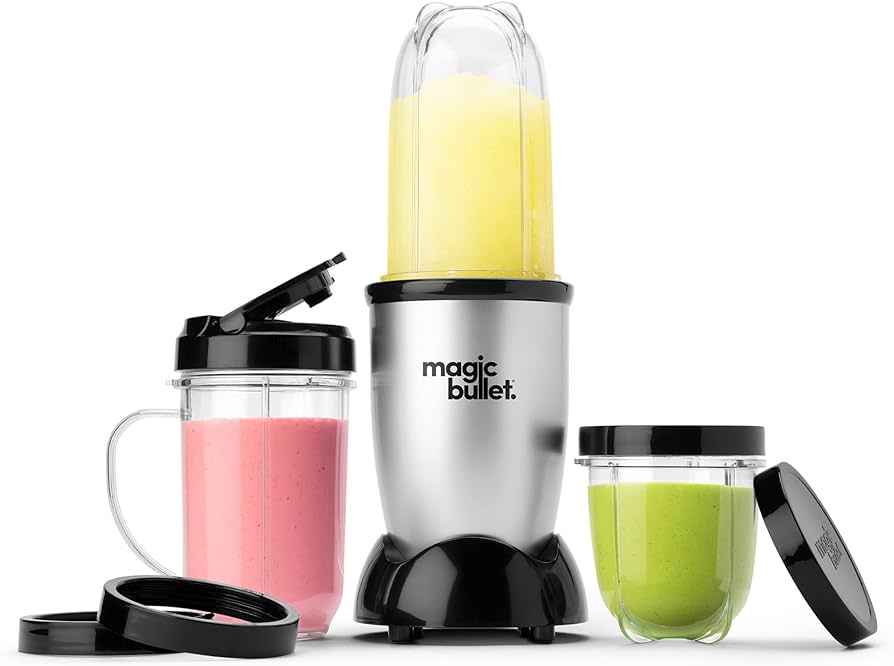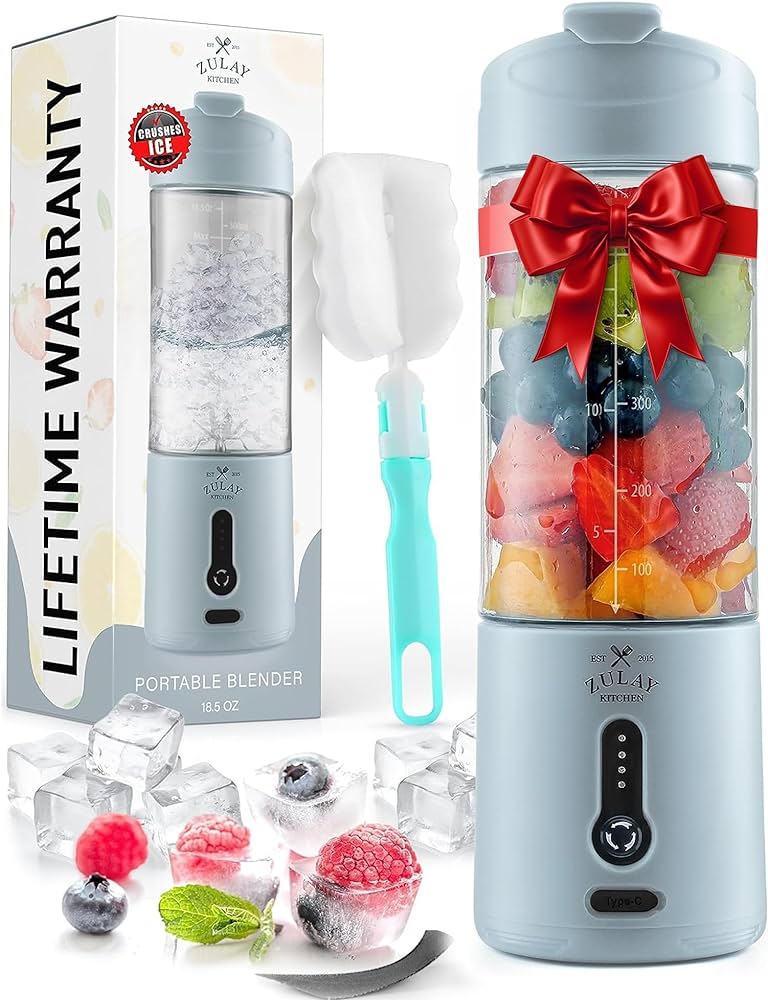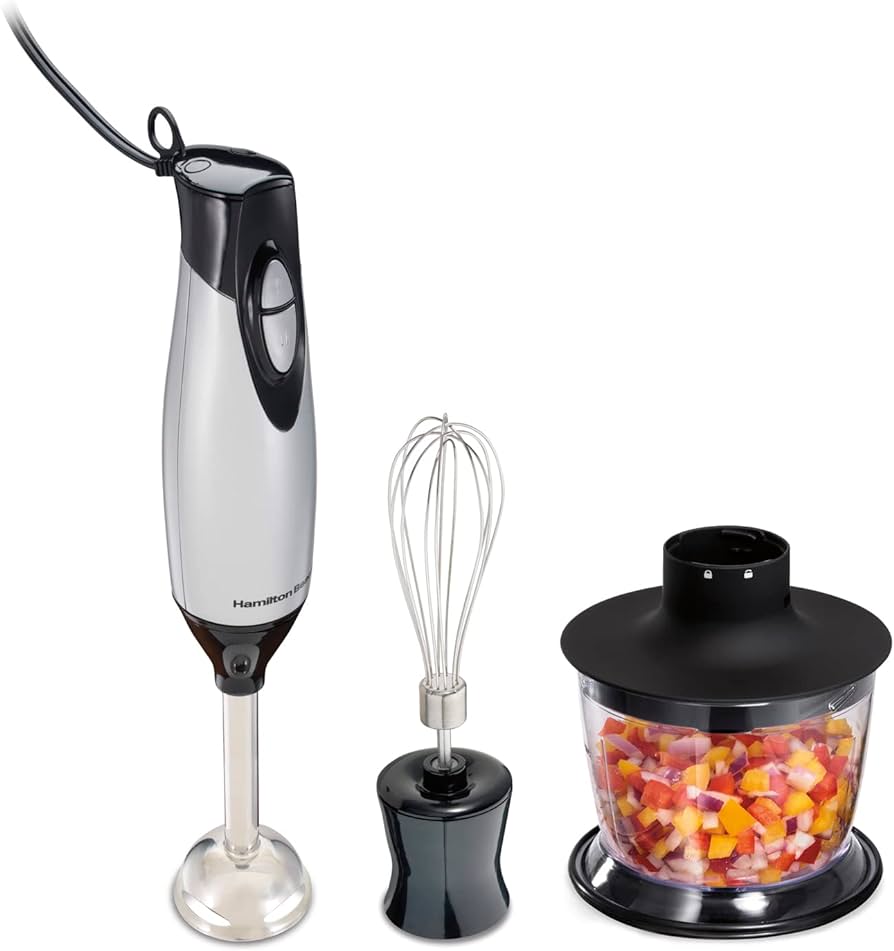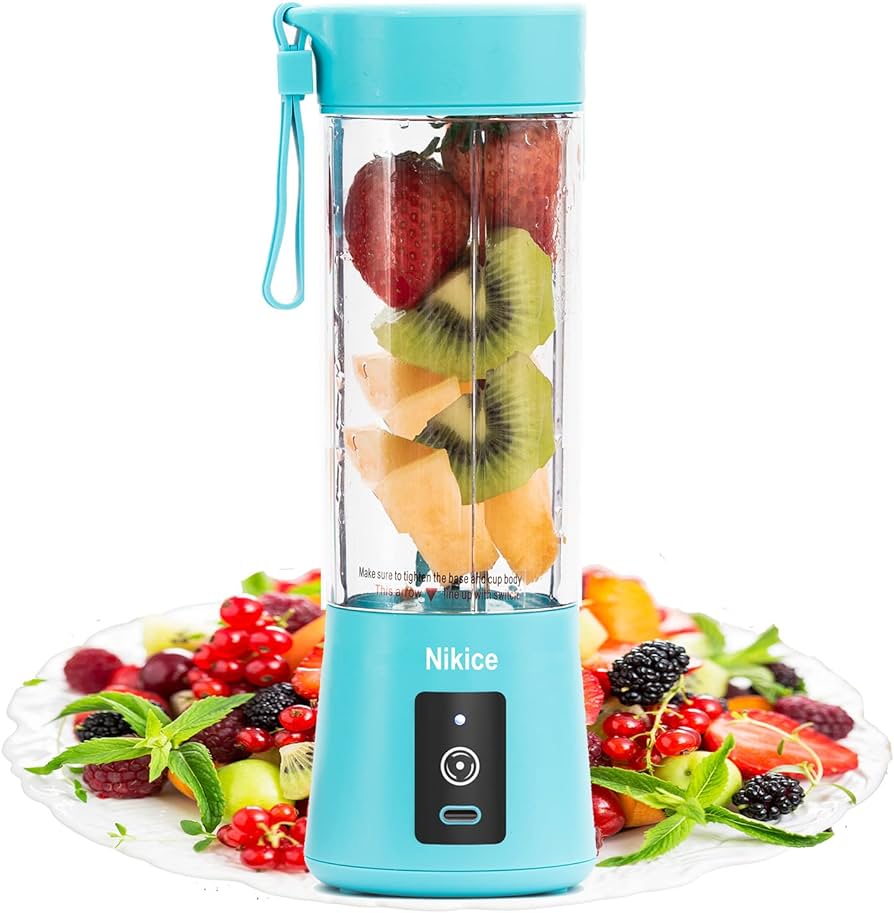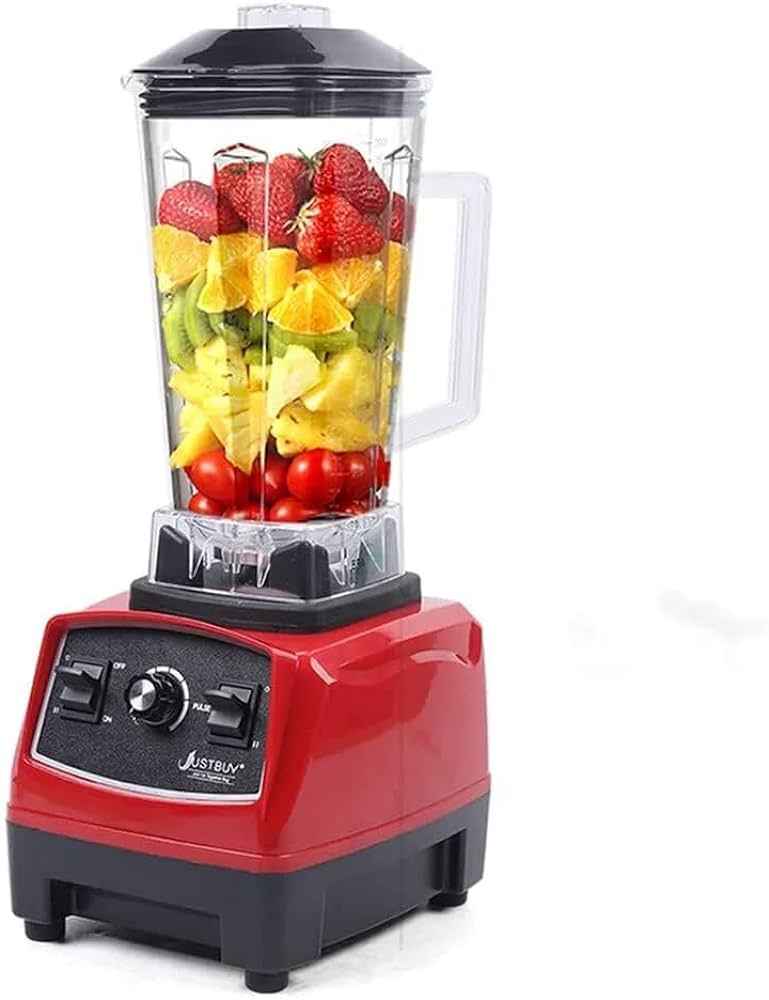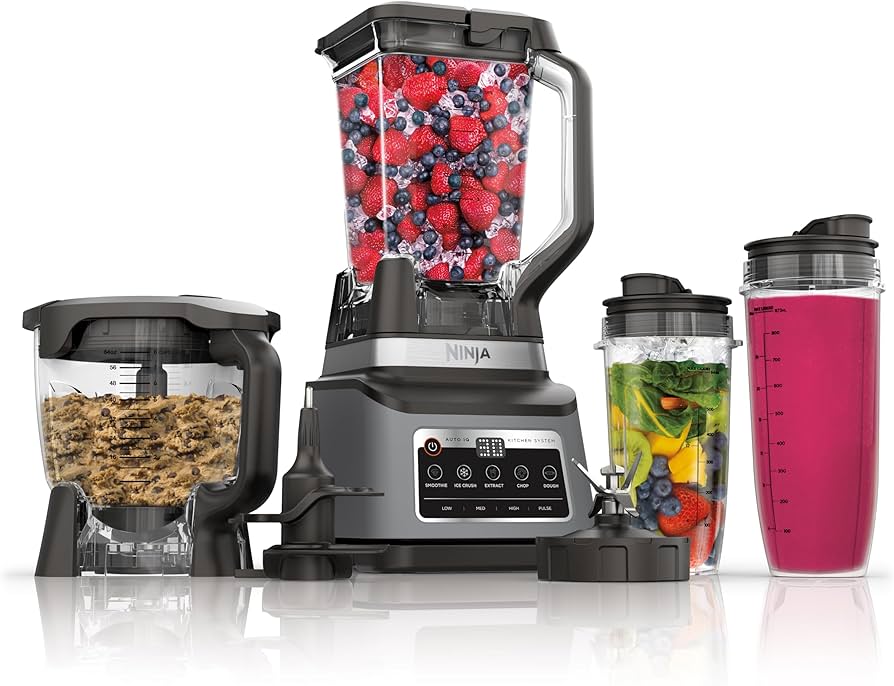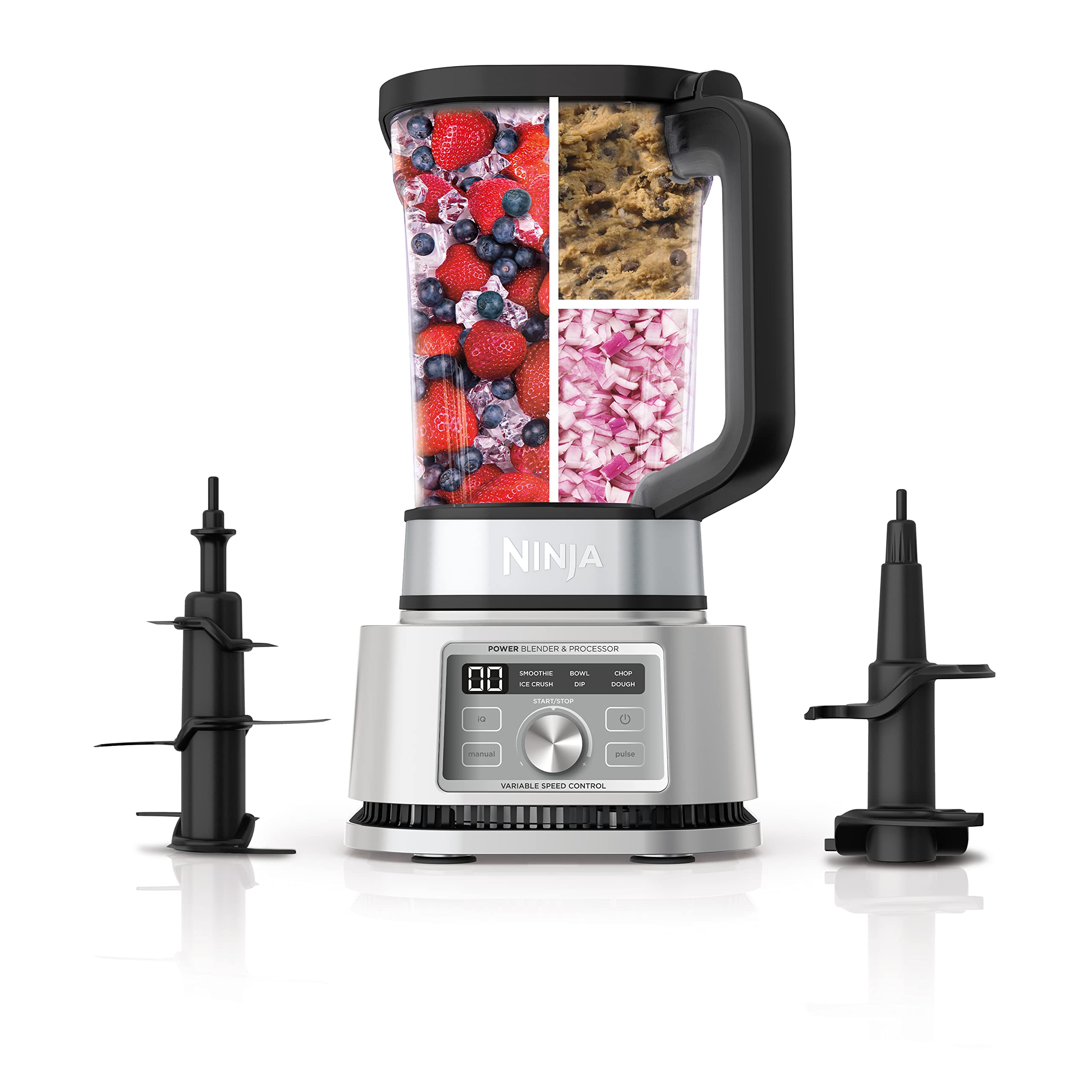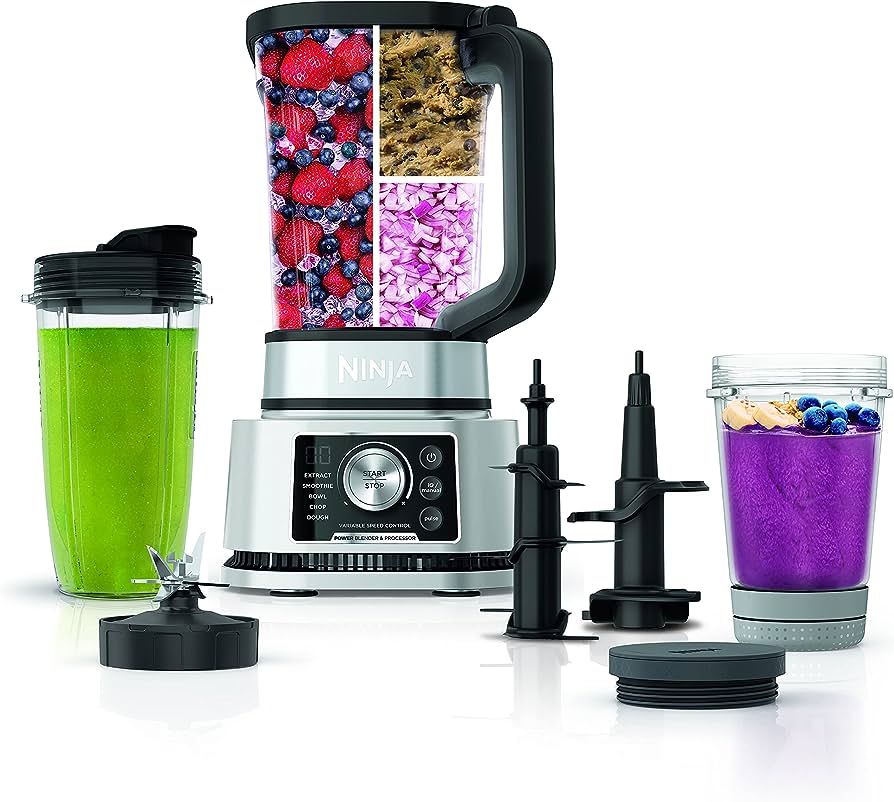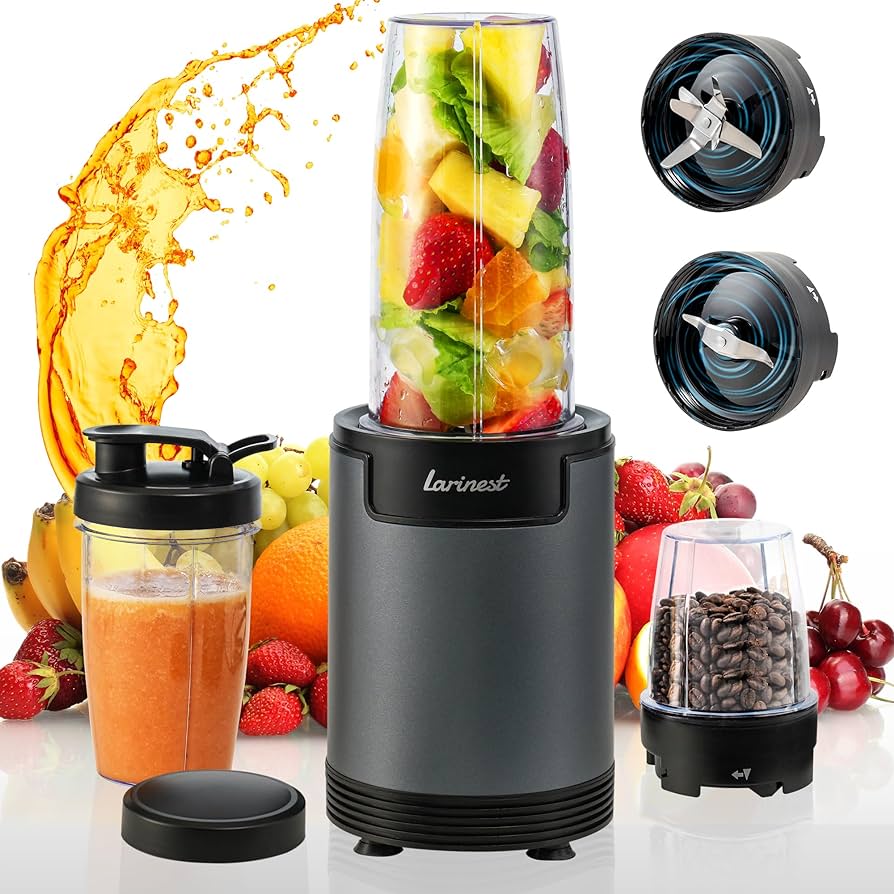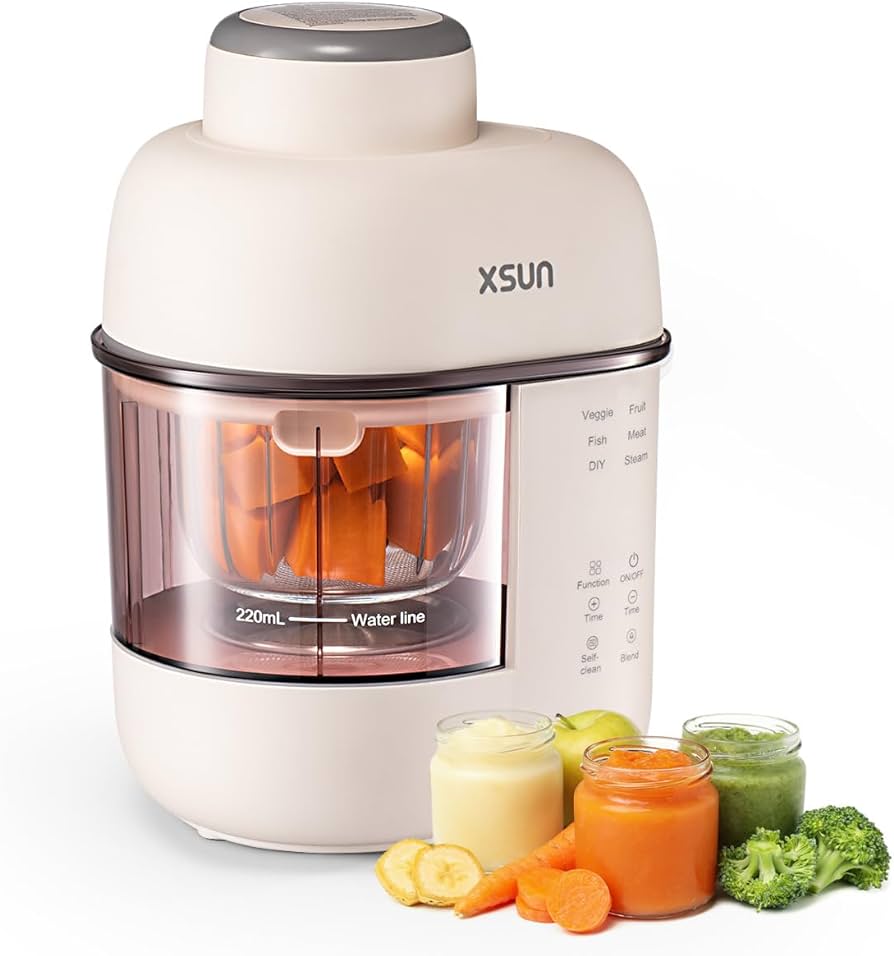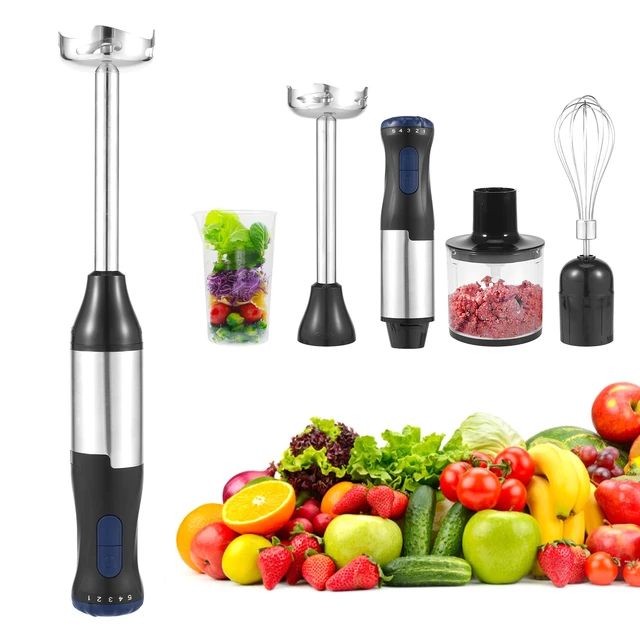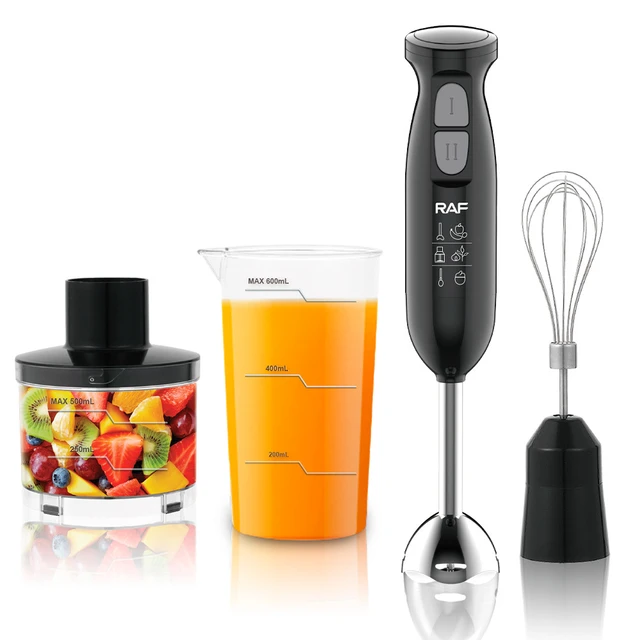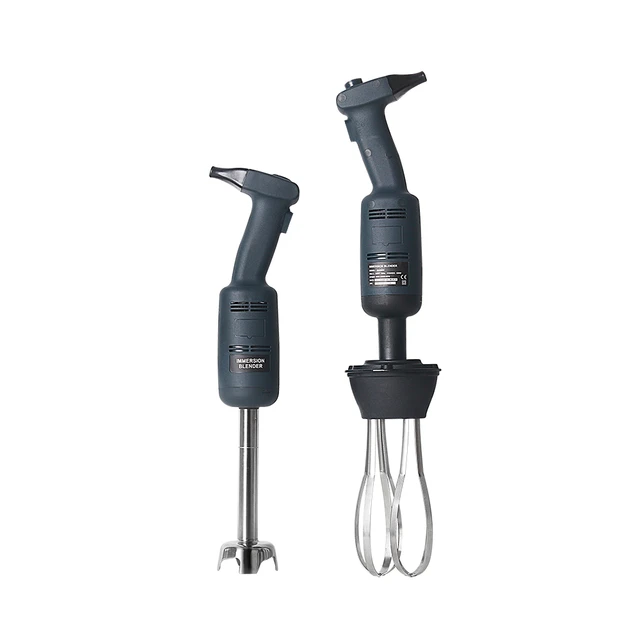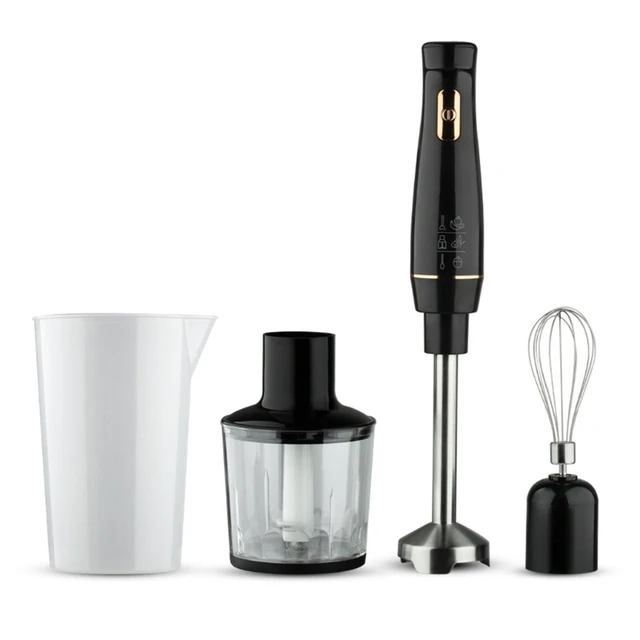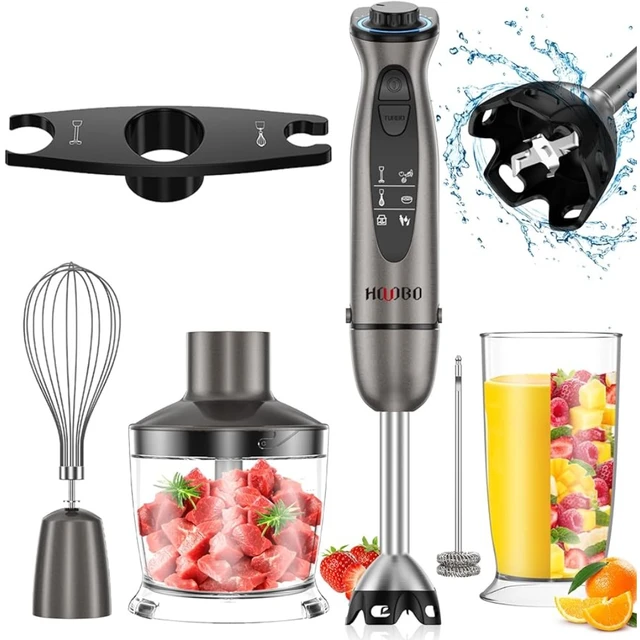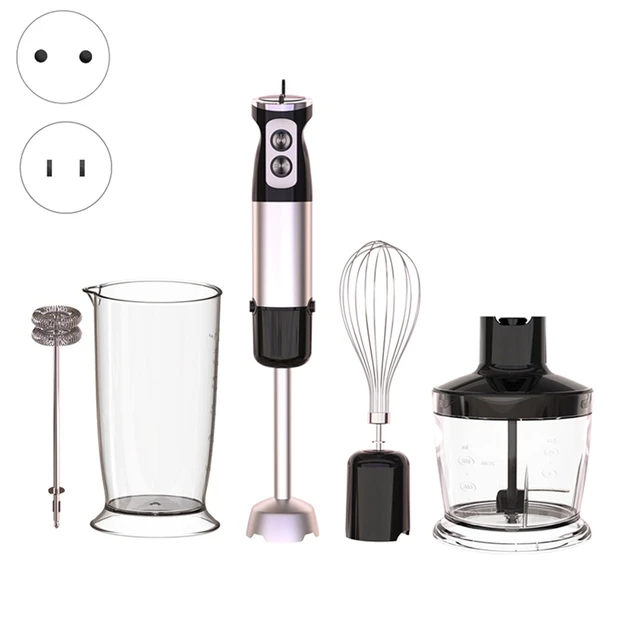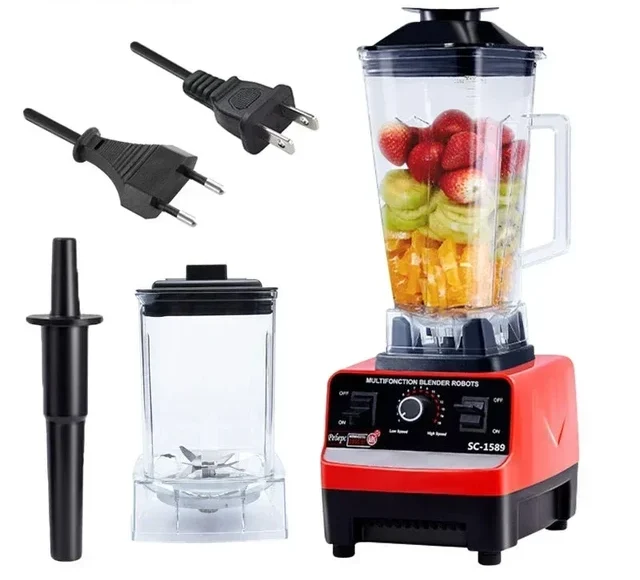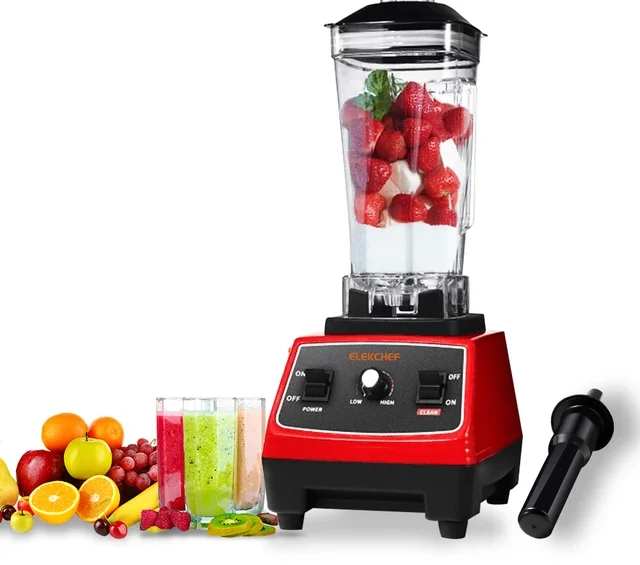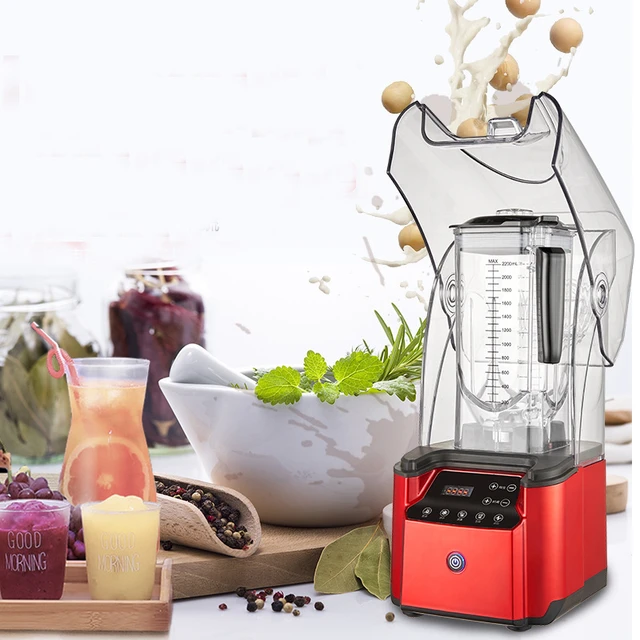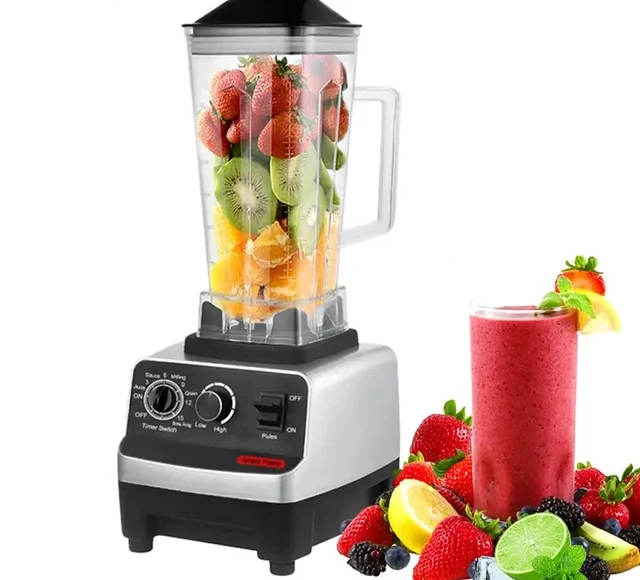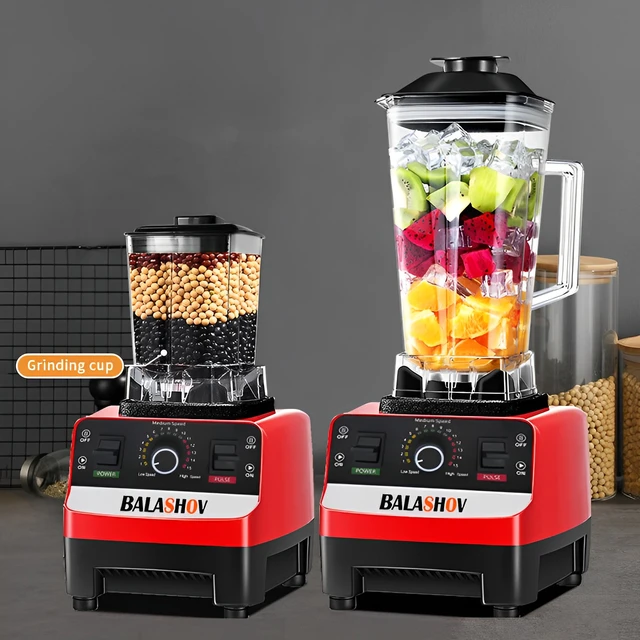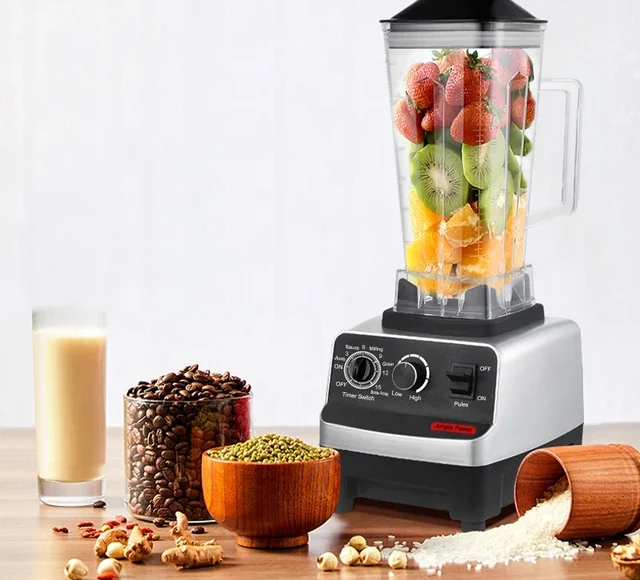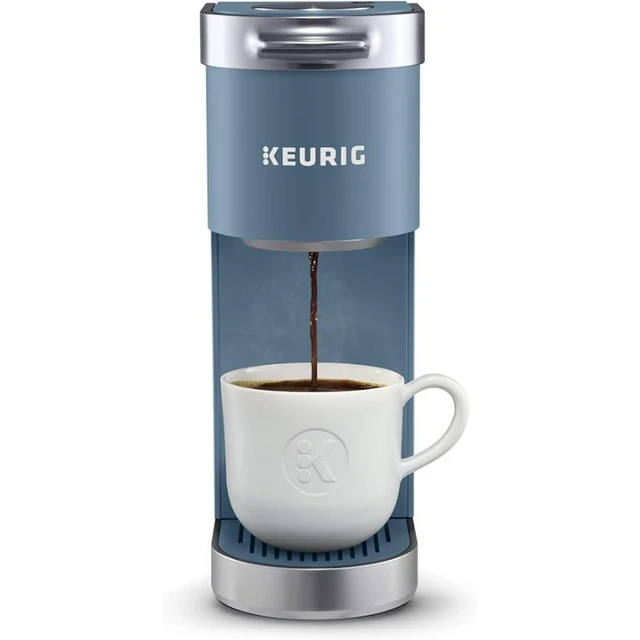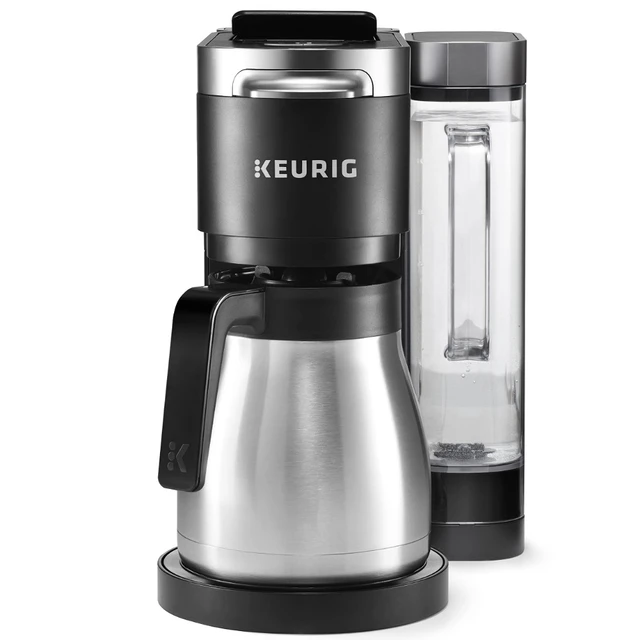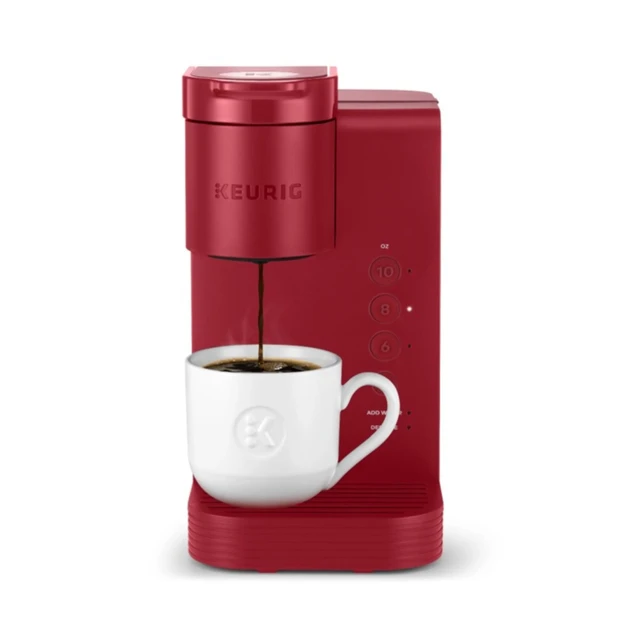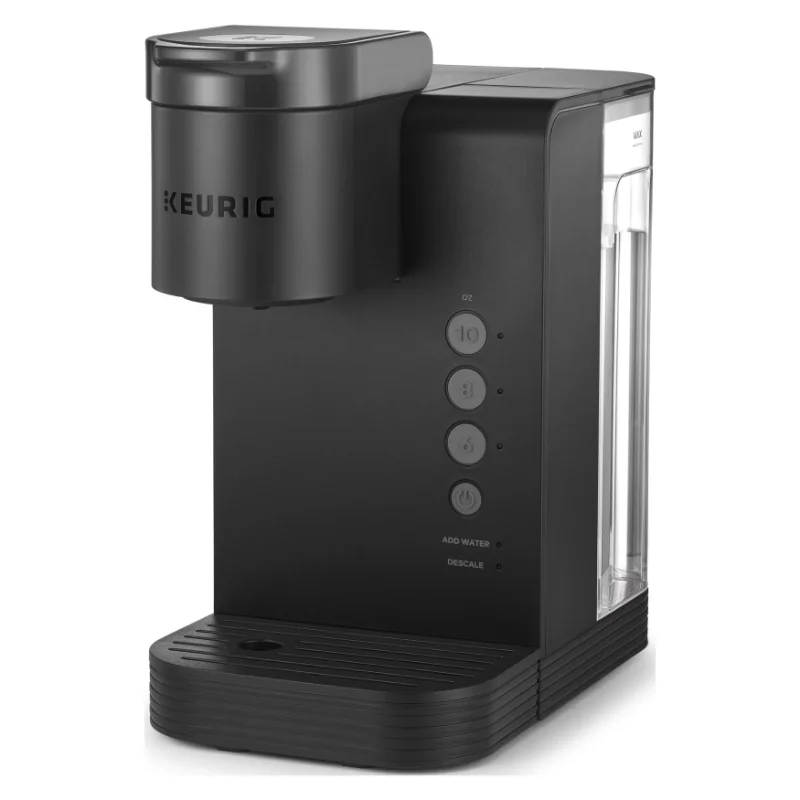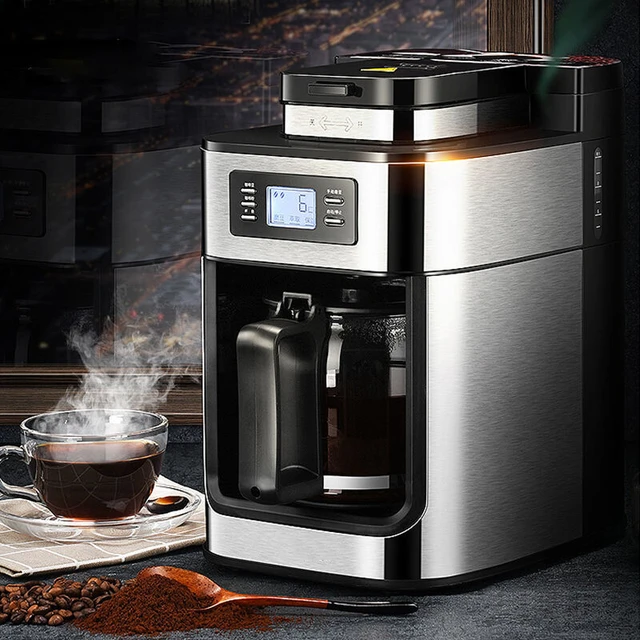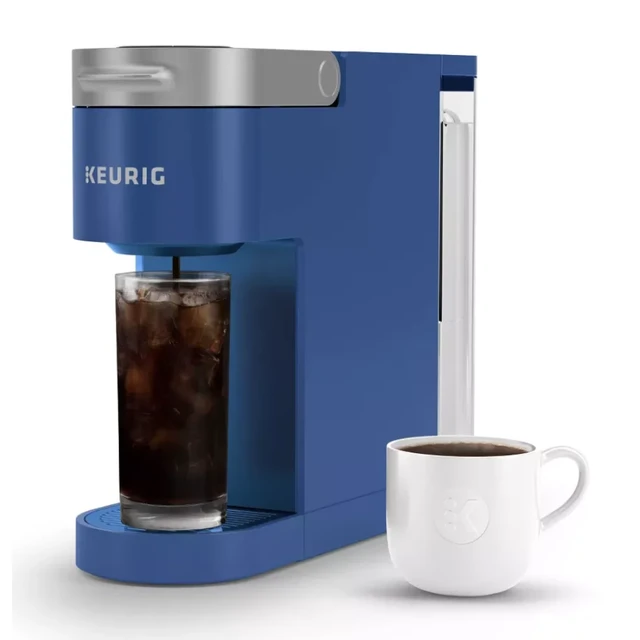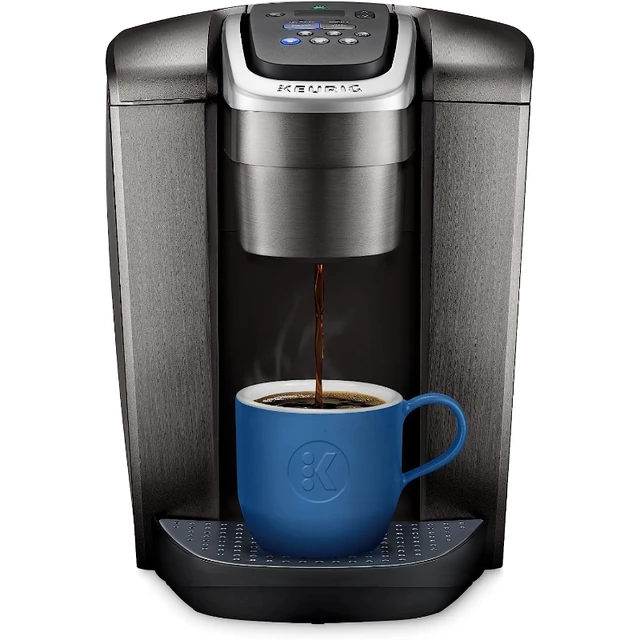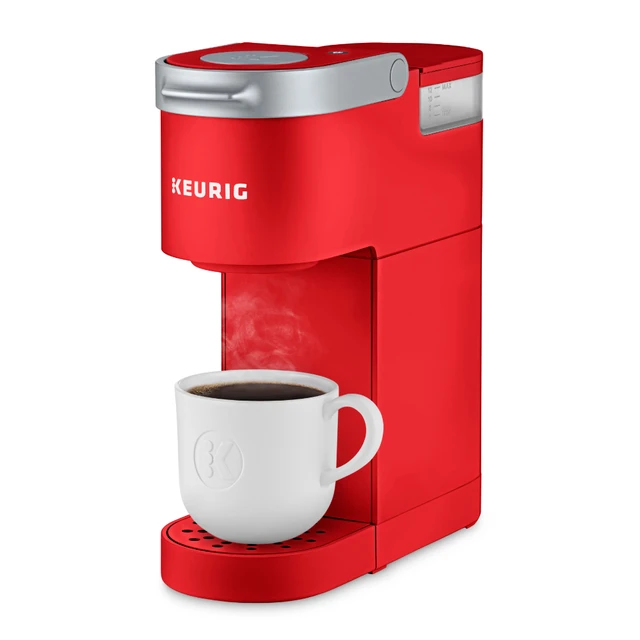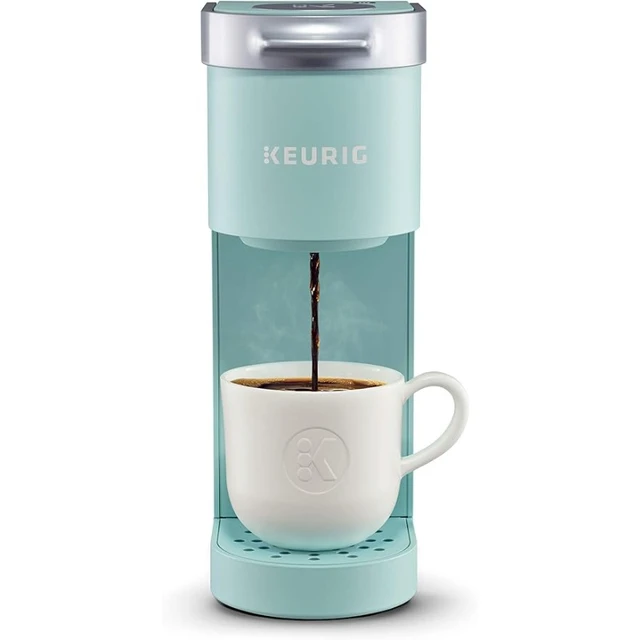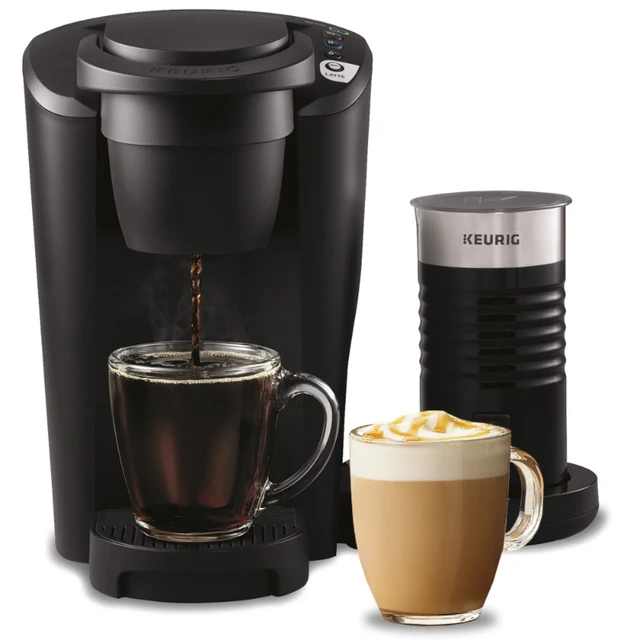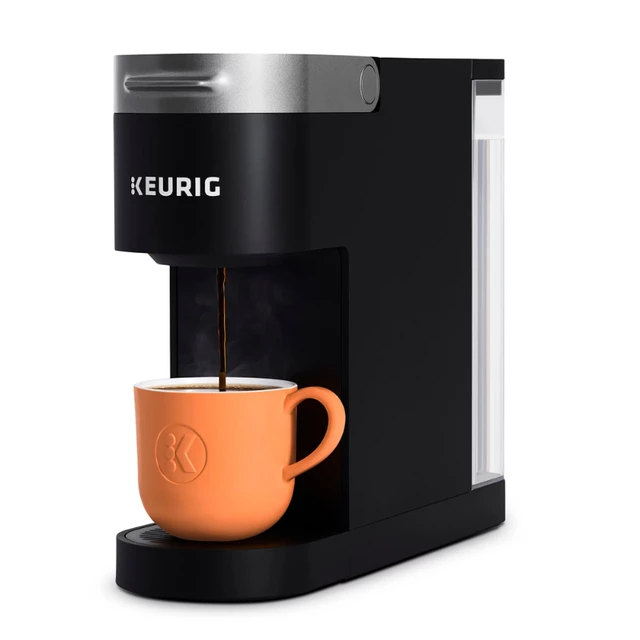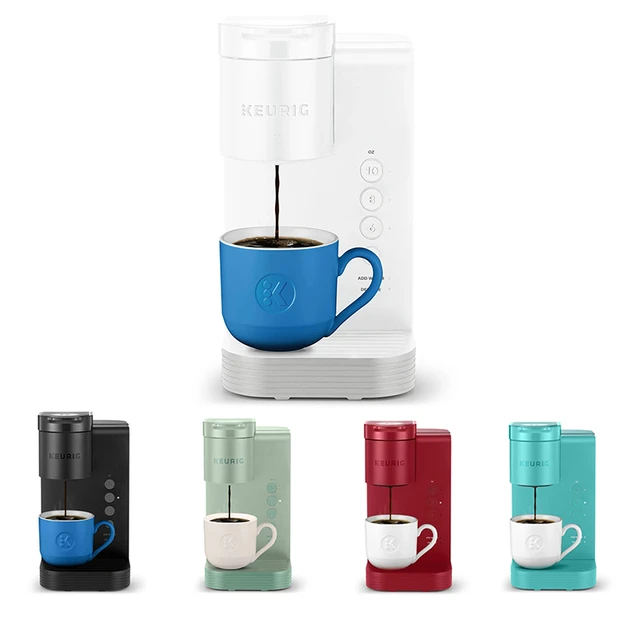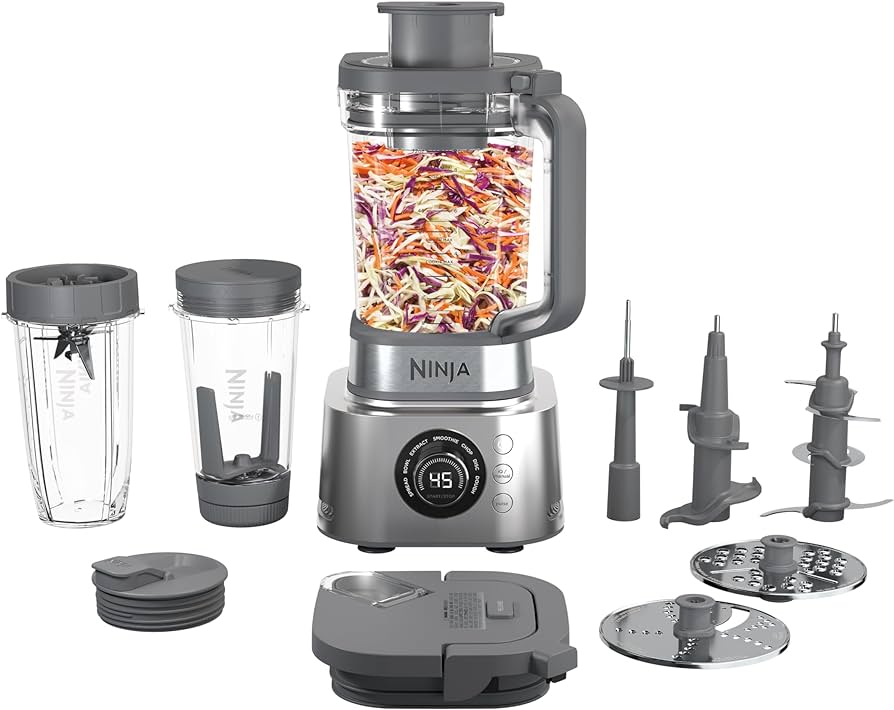
Introduction
In a world demanding quick and nutritious meal solutions, the Ninja Nutri Blender Plus stands as a reliable and versatile blending companion. With its ability to combine power, precision, and convenience, this comprehensive review will showcase the exceptional features, functionalities, and benefits of the Ninja Nutri Blender Plus. From its robust motor and advanced blade design to its versatility in the kitchen, this blender is designed to provide efficient and effective blending experiences.
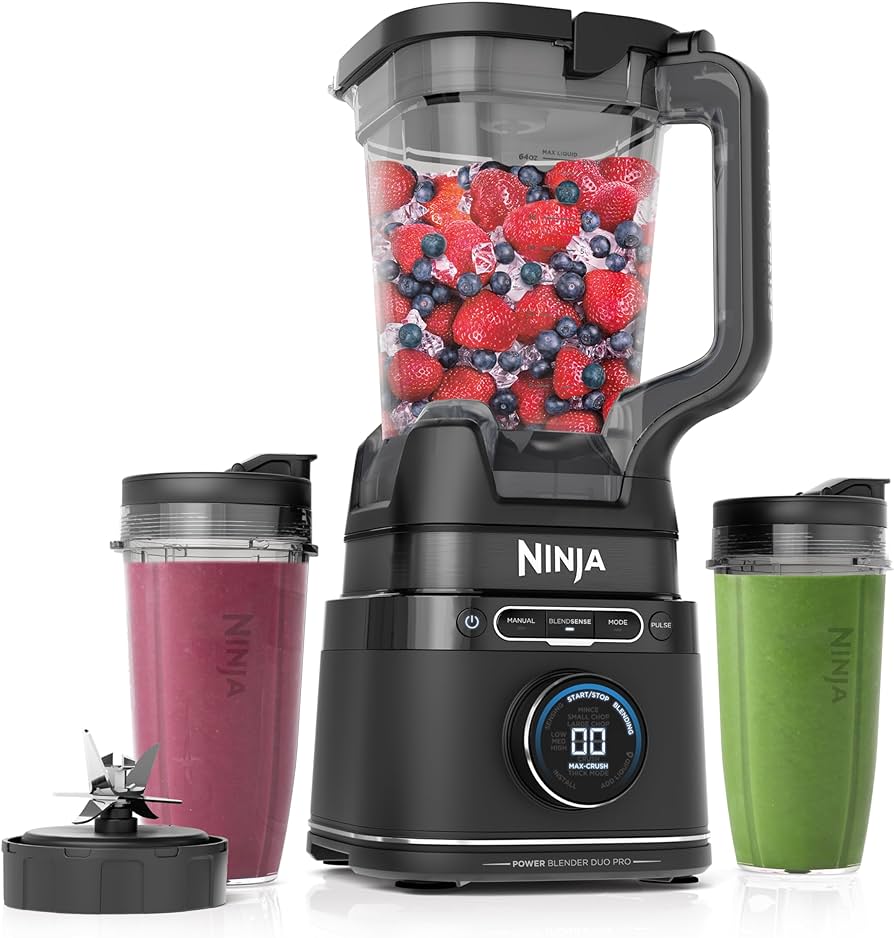
Unleashing the Power and Versatility of the Ninja Nutri Blender Plus
I. Powerful Motor for Unmatched Performance
The Ninja Nutri Blender Plus is equipped with a formidable motor, providing exceptional blending results:
Harnessing Power: The high-power motor, ranging from 900 to 1200 watts, ensures efficient blending of a wide range of ingredients. From dense fruits and tough vegetables to crushing ice and pulverizing nuts, the Ninja Nutri Blender Plus consistently delivers smooth and consistent results.
Innovative Blade Design: Crafted from premium stainless steel, the Pro Extractor Blades of the Ninja Nutri Blender Plus effectively break down ingredients. This innovative blade design creates a vortex-like blending action, ensuring a homogenous blend and optimal nutrient extraction.
II. Versatility in Blending Options
The Ninja Nutri Blender Plus offers versatile blending options to accommodate various culinary needs:
Single-Serve Convenience: The inclusion of single-serve blending cups in multiple sizes, such as 18, 24, and 32 ounces, allows for personalized portion control. These cups are ideal for creating individual beverages, reducing waste, and ensuring on-the-go convenience.
Precise Control with Blending Modes: The Ninja Nutri Blender Plus offers a range of blending modes. From pulse to blend and puree settings, you have precise control over the blending process. This versatility allows for customized textures and consistencies, accommodating diverse recipes and preferences.
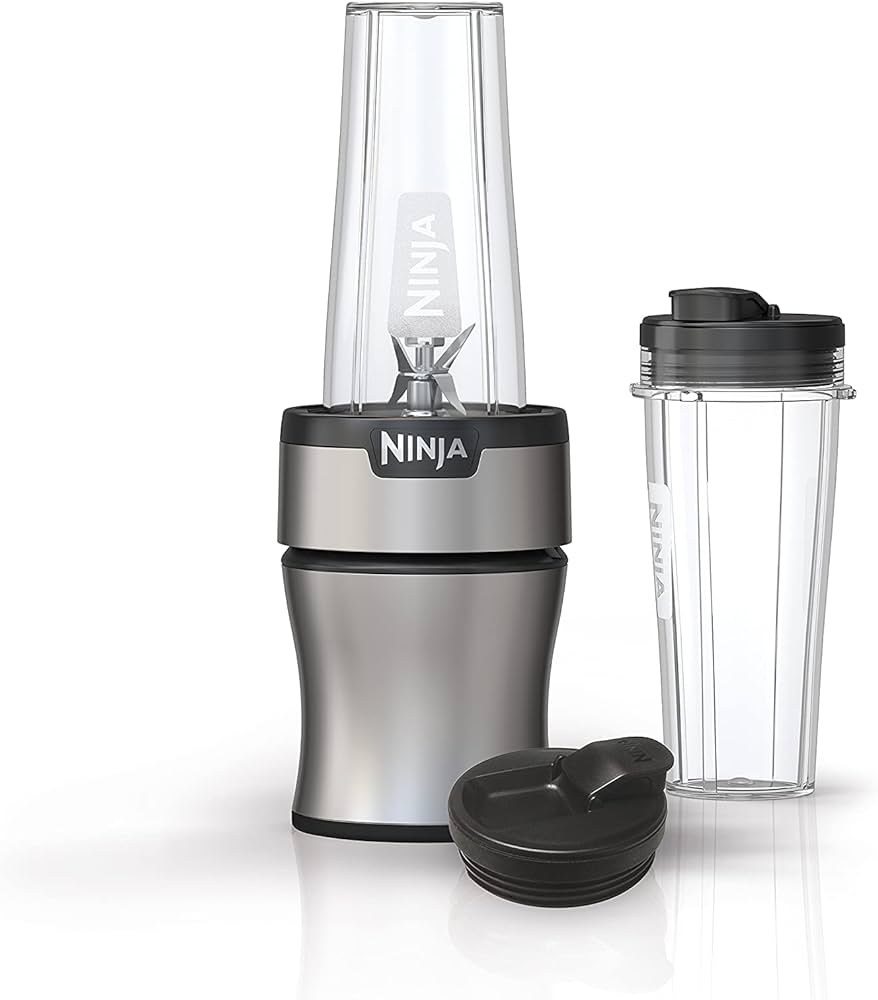
III. Nutrient Extraction for Optimal Health
The Ninja Nutri Blender Plus prioritizes health and wellness through its nutrient extraction capabilities:
Maximum Nutrient Extraction: The high-speed motor and Pro Extractor Blades work in perfect harmony to extract maximum nutrients from whole fruits, vegetables, and nuts. This results in beverages that are packed with essential vitamins, minerals, and antioxidants, promoting a healthy and balanced lifestyle.
Enhanced Well-being: By incorporating the Ninja Nutri Blender Plus into your routine, you can easily create nutrient-rich smoothies, juices, and soups. These beverages are not only delicious but also support overall well-being by boosting energy levels, aiding digestion, and bolstering the immune system.
IV. Effortless Cleaning and Maintenance
The Ninja Nutri Blender Plus ensures ease of cleaning and maintenance for ultimate convenience:
Dishwasher-Safe Components: All detachable parts, including the blending cups, spill-proof lids, and blending pitcher, are dishwasher safe. This allows for quick and convenient cleanup, saving valuable time and effort in the kitchen.
Simple Maintenance: The Ninja Nutri Blender Plus requires minimal maintenance. Regularly wiping down the motor base with a damp cloth keeps it clean and free from debris. The Pro Extractor Blades are easily rinsed after each use to prevent any lingering odors or food particles.
V. Durability and Sleek Design
The Ninja Nutri Blender Plus offers durability and aesthetic appeal in the kitchen:
Sturdy Construction: The Ninja Nutri Blender Plus is built to withstand regular use. Its robust motor base and durable blending cups ensure longevity and reliability. This guarantees that the blender will be a trusted kitchen companion for years to come.
Sleek and Modern Design: Featuring a sleek and modern design, the Ninja Nutri Blender Plus seamlessly integrates into any kitchen decor. Its compact size allows for easy storage, making it an ideal choice for kitchens with limited countertop space.
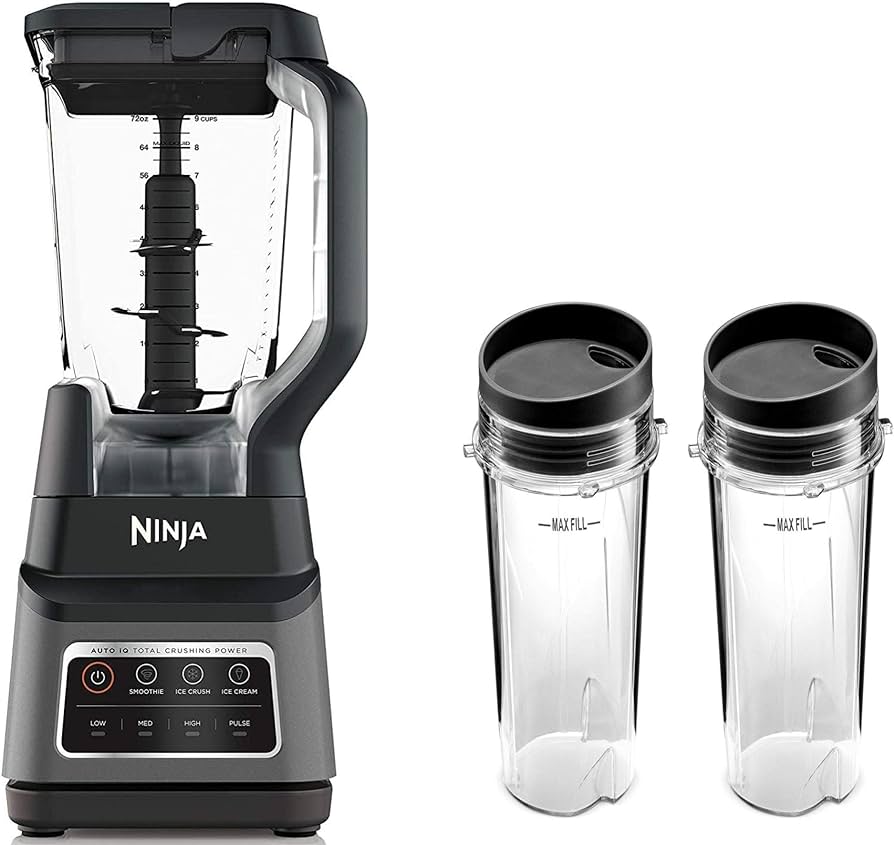
VI. Customer Satisfaction and Reviews
Customers consistently express satisfaction with the Ninja Nutri Blender Plus:
Positive Reviews: Customers praise the blender’s impressive power, versatile performance, and user-friendly operation. Reviews often highlight its ability to create consistently smooth beverages, crush ice effortlessly, and efficiently extract nutrients. While there have been occasional reports of minor issues, these occurrences appear to be infrequent.
Versatility beyond Blending: Additional Features of the Ninja Nutri Blender Plus
Food Processing Capabilities: In addition to blending, the Ninja Nutri Blender Plus can be used to pulse, chop, and process food. With the appropriate attachments, you can effortlessly chop vegetables, create creamy nut butters, or even make your own dough. This versatility eliminates the need for multiple kitchen appliances, saving both space and money.
Crushing Ice and Frozen Foods: The Ninja Nutri Blender Plus excels at crushing ice and blending frozen ingredients with ease. Whether you want to create icy beverages or whip up a smooth and creamy frozen dessert, the powerful motor and sharp blades make it an ideal choice for handling frozen ingredients.
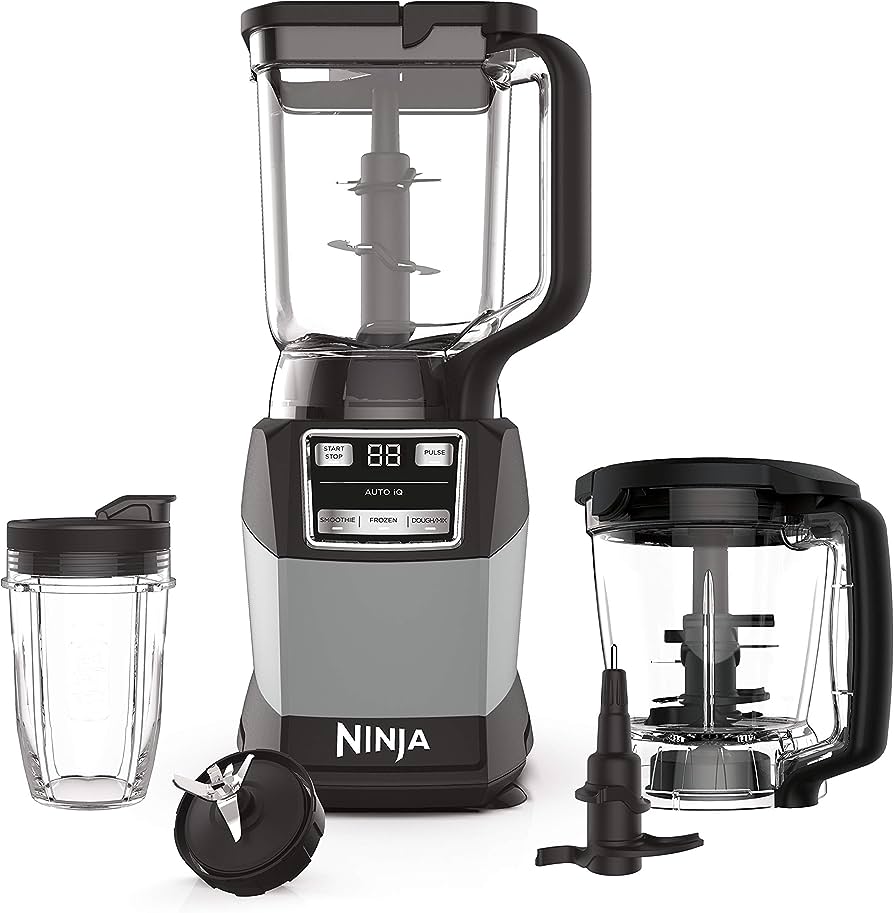
Innovative Technology and Safety Features
Auto-iQ Technology: The Ninja Nutri Blender Plus features Auto-iQ technology, which provides intelligent blending programs for consistent and hassle-free results. These pre-set programs take the guesswork out of blending and ensure optimal blending times and speeds for various recipes. This user-friendly feature allows you to achieve professional-quality blends with little effort.
Safety Lock System: The Ninja Nutri Blender Plus is equipped with a safety lock system to ensure accident-free operation. This feature prevents the blender from starting unless the lid is securely in place, reducing the risk of spills or injury during use.
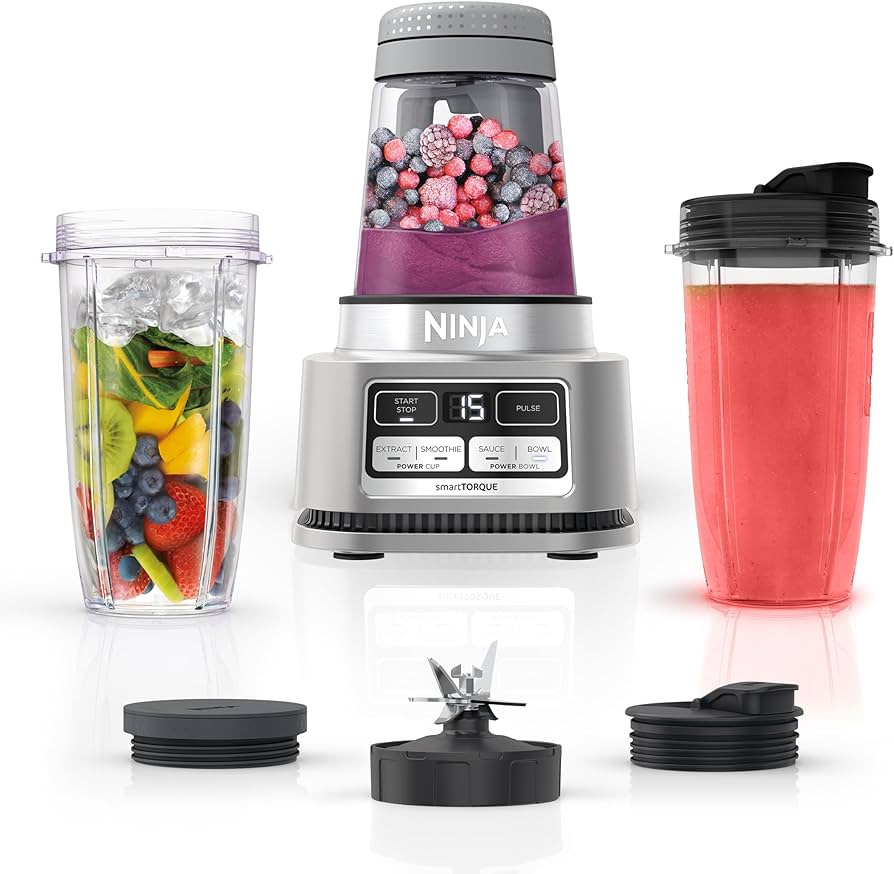
VII. Conclusion: Embrace the Power with the Ninja Nutri Blender Plus
The Ninja Nutri Blender Plus is a dynamic and versatile blending companion, offering power, precision, and convenience in one package. Its high-power motor, innovative blade design, and single-serve cup options enable efficient and effective blending for a variety of recipes.
Experience the power of the Ninja Nutri Blender Plus as it effortlessly blends ingredients, creating smooth and delicious beverages. Its nutrient extraction capabilities promote optimal health benefits and support overall wellness.
Cleaning and maintaining the Ninja Nutri Blender Plus is a breeze, ensuring that you spend less time on chores and more time enjoying your nutritious creations. Its durable construction and sleek design make it a valuable addition to any kitchen, bringing both functionality and visual appeal.
Discover the power and versatility of the Ninja Nutri Blender Plus and unlock a world of blending possibilities. Elevate your culinary experiences and embrace a healthier lifestyle with this exceptional blending companion.
